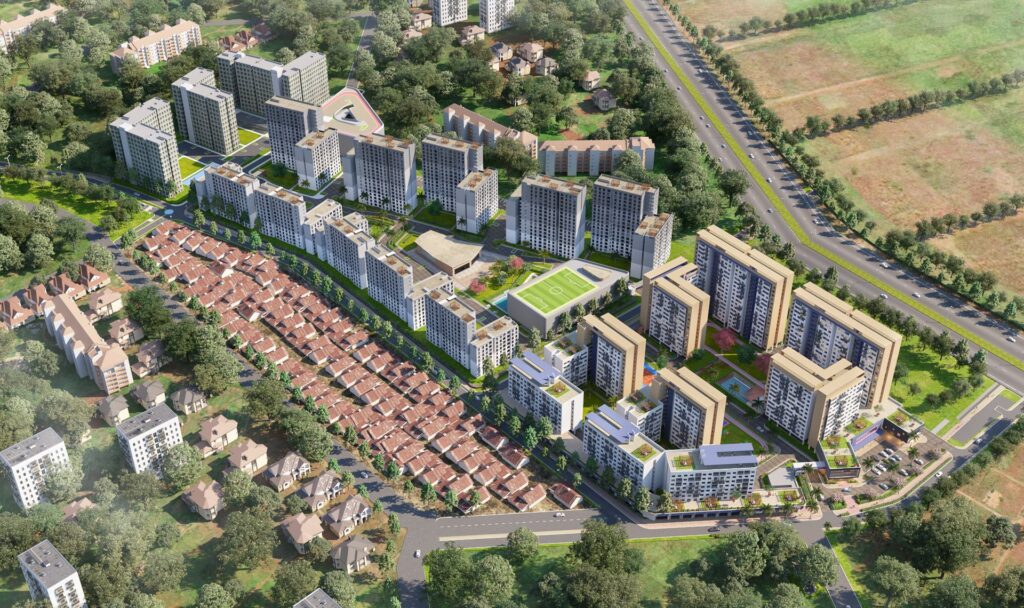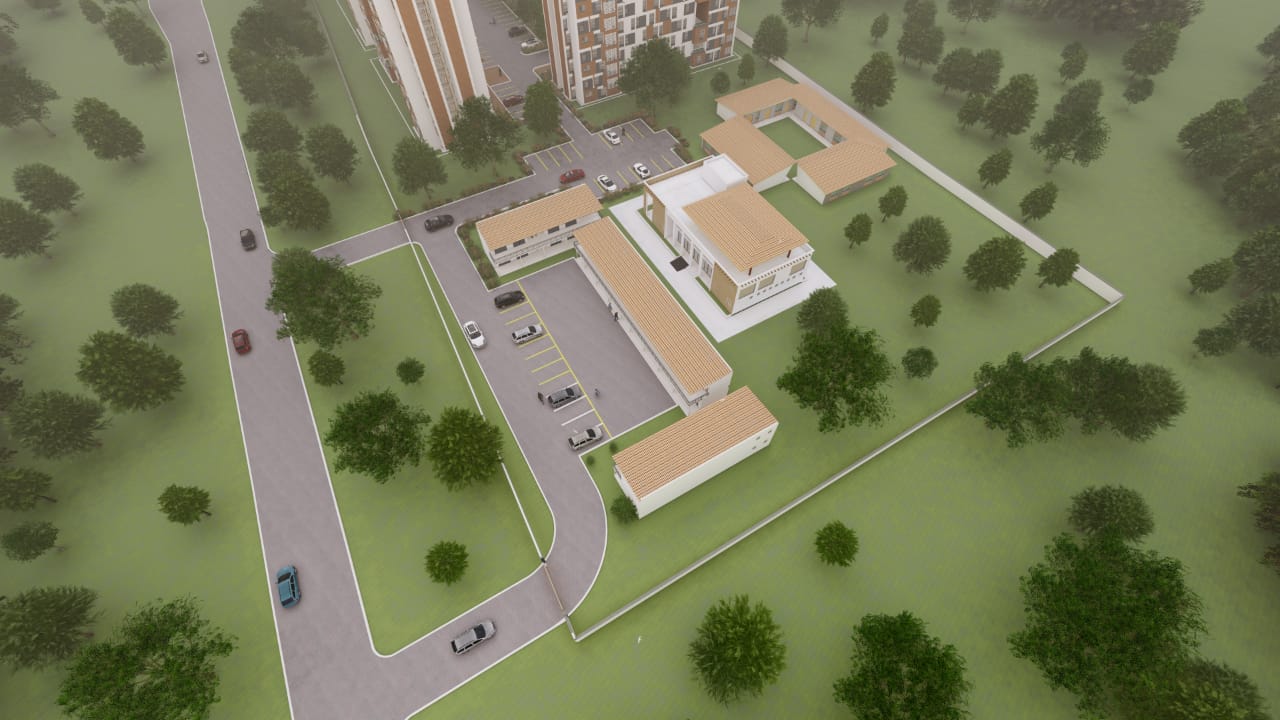65 Affordable Housing Projects in Kenya: Transforming Urban Living for All
Kenya is building more than just houses; it’s constructing a new way of living. Across the country, affordable housing projects are transforming cities, empowering families, and driving economic growth. This national effort is turning decades of housing dreams into concrete realities for millions of Kenyans.
A New Era in Kenya’s Urban Development
Kenya’s construction and real estate sectors are at the centre of an urban revolution. With rapid population growth and a rising demand for decent homes, affordable housing projects in Kenya have become a crucial component of national infrastructure planning.
According to the State Department for Housing and Urban Development, Kenya faces a housing deficit of approximately 2 million units, which is growing by 200,000 units annually. Most urban residents, particularly those earning less than KSh 50,000 per month, cannot afford conventional market-rate housing. The Affordable Housing Program (AHP), part of Kenya’s Big Four Agenda, aims to bridge this gap by constructing 250,000 new housing units annually through partnerships among the government, private developers, and financiers.
This initiative not only addresses the deficit but also boosts economic growth through job creation, materials manufacturing, and infrastructure development. It symbolises Kenya’s ambition to achieve inclusive and sustainable urbanisation as envisioned in Vision 2030.
Vision and Strategy of Kenya’s Affordable Housing Program
The Kenya Affordable Housing Program (AHP) is structured on five key pillars that integrate planning, financing, design, and delivery efficiency. These pillars ensure that housing development in Kenya meets both current and future urban needs.
1. Policy and Institutional Framework
The Affordable Housing Development Framework (AHDF) establishes clear guidelines for stakeholders in project design, construction, and management. It provides standardisation of housing models, pricing, and eligibility.
2. Financing Models
The government introduced the Kenya Mortgage Refinance Company (KMRC) to provide long-term, low-interest mortgage refinancing to banks and SACCOs. Buyers can now access mortgages with interest rates as low as 9.5%, compared to market averages of 13–14%.
3. Public-Private Partnerships (PPPs)
The state collaborates with local and international developers to deliver projects under Build-Lease-Transfer (BLT) or Joint Venture models. This shared-risk approach accelerates delivery and ensures high-quality outcomes.
4. Sustainable Construction
Environmental sustainability is central to all projects. Developers are encouraged to use green building materials, energy-efficient lighting, and solar heating systems while minimising construction waste.
5. Land and Infrastructure Provision
The government provides serviced land, complete with water, roads, and power infrastructure, to reduce developer costs. This ensures affordability without compromising quality or location advantage.
Ongoing and Completed Affordable Housing Projects in Kenya
Below are Kenya’s flagship projects under the Affordable Housing Program, a combination of engineering excellence, social planning, and economic inclusion.
1. Park Road Estate Affordable Housing Project
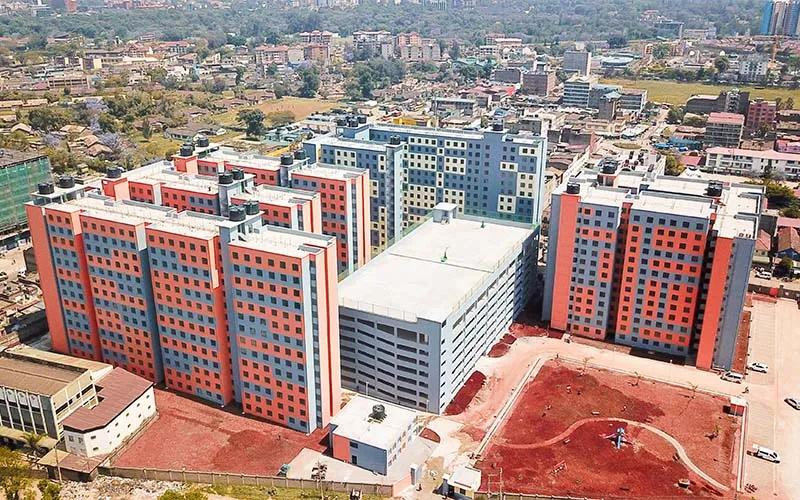
Location: Nairobi County
Estimated Cost: USD 67 Million
Situated just outside Nairobi’s central business district, the Park Road Ngara project, developed by the China State Construction Engineering Corporation, marked the pilot phase of Kenya’s Affordable Housing Programme. It comprises over 1,370 residential units across one-, two-, and three-bedroom categories.
Impact: This development demonstrates efficient urban infill planning, utilising limited city space to offer quality, affordable housing for civil servants and low- to middle-income earners.
2. Pangani Affordable Housing Project

Location: Nairobi County
Estimated Cost: USD 58 Million
A public–private partnership between the Nairobi City County Government and a private consortium, the Pangani Redevelopment Project replaces dilapidated council estates with modern apartments, commercial spaces, and green courtyards.
Impact: The project preserves community ties while modernising inner-city housing, setting a model for sustainable urban regeneration within Nairobi’s growing metropolis.
3. Bondeni Affordable Housing Project

Location: Nakuru County
Estimated Cost: USD 52 Million
The Bondeni project delivers more than 600 units under a PPP model between the County Government of Nakuru and private developers. Its design features schools, retail outlets, and landscaped communal areas.
Impact: By revitalising Nakuru’s old municipal estates, the project enhances liveability and stimulates local employment in the construction and retail sectors.
4. Mavoko Affordable Housing Project
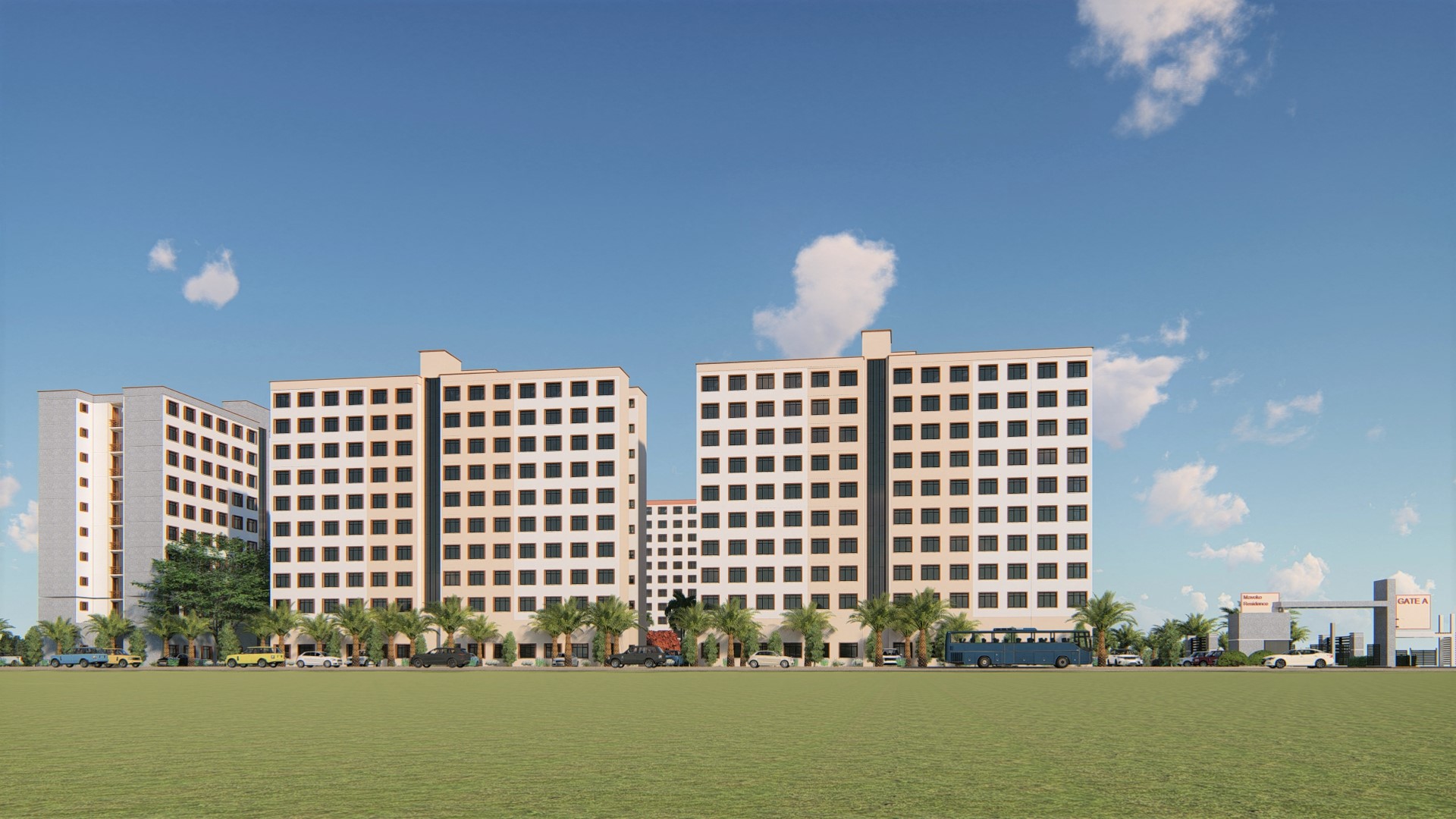
Location: Machakos County
Estimated Cost: USD 95 Million
Strategically located along Mombasa Road, the Mavoko project is one of Kenya’s largest planned housing schemes, targeting over 5,000 units. It integrates efficient road networks and solar-powered amenities.
Impact: Supports Nairobi’s metropolitan expansion, providing affordable commuter housing for workers in the Athi River industrial corridor and nearby logistics parks.
5. Buxton Point Redevelopment

Location: Mombasa County
Estimated Cost: USD 102 Million
Buxton Point transforms an ageing housing estate into a modern urban complex of 1,850 apartments with retail spaces and leisure facilities. Developed through a PPP framework, it blends affordability with architectural elegance.
Impact: Redefines coastal urban living and boosts Mombasa’s urban renewal agenda by providing affordable, modern homes close to the city centre.
6. Kibera Soweto East Zone B Project
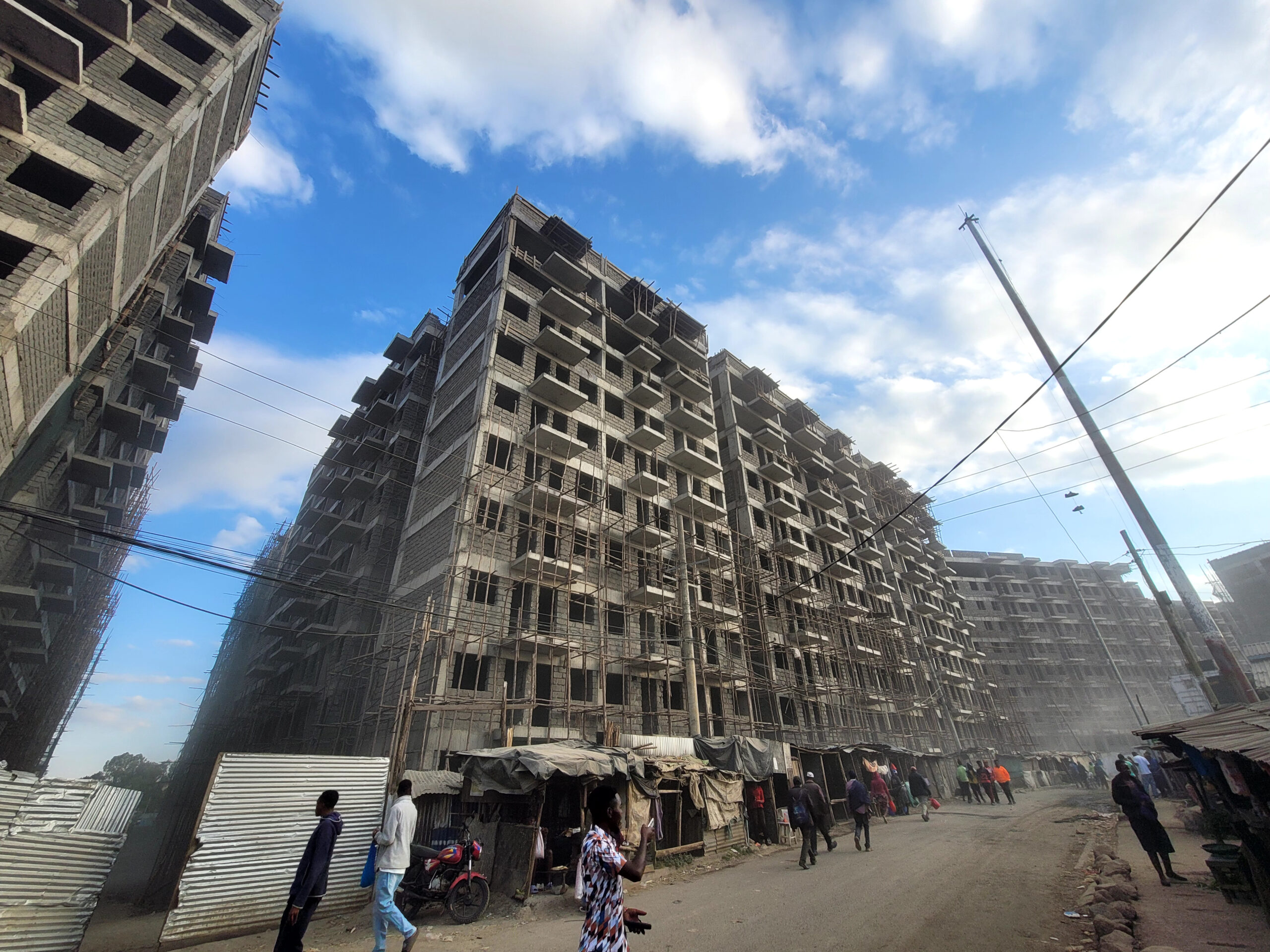
Location: Nairobi County
Estimated Cost: USD 84 Million
Located within Africa’s largest informal settlement, the Kibera Soweto East Zone B project replaces informal structures with dignified, affordable high-rise apartments supported by upgraded roads, schools, and sanitation systems.
Impact: Empowers residents through community participation and resettlement programmes, showcasing inclusive housing transformation in informal urban areas.
7. Shauri Moyo A Redevelopment
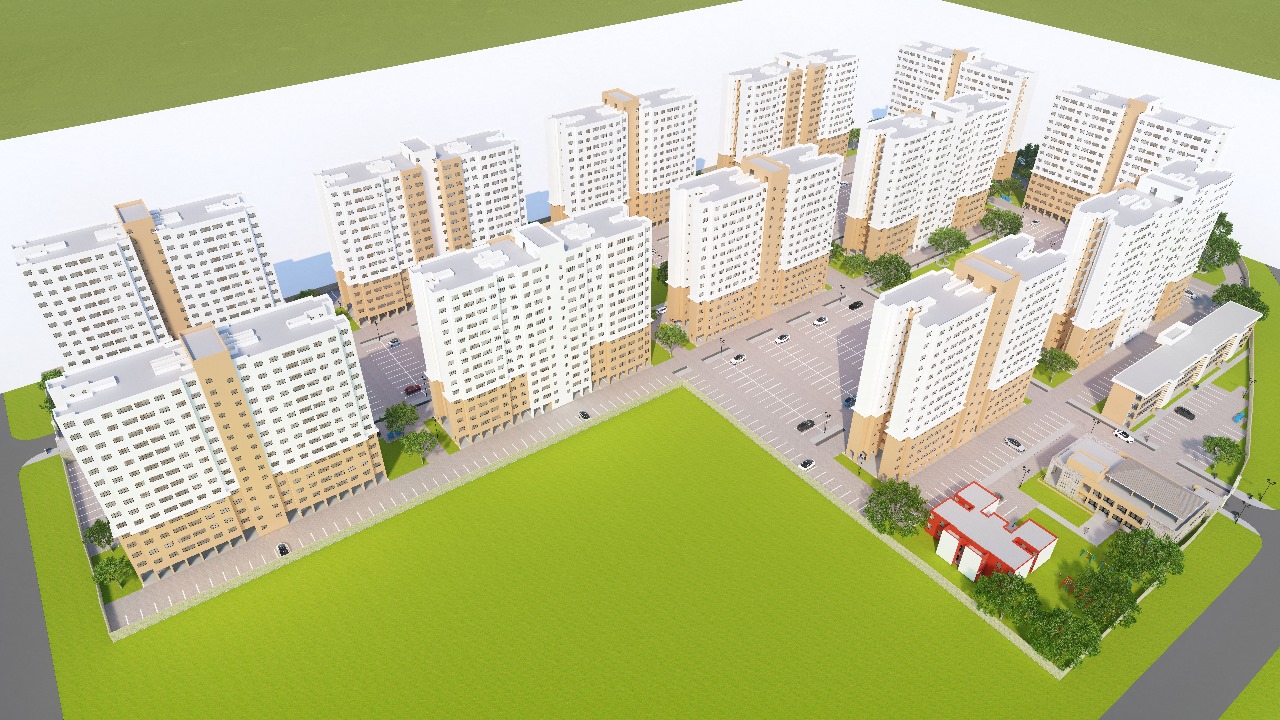
Location: Nairobi County
Estimated Cost: USD 110 Million
The Shauri Moyo Redevelopment modernises one of Nairobi’s oldest housing estates with over 3,000 mixed-income units and integrated public spaces. The project emphasises sustainable materials and efficient land use.
Impact: Promotes social integration and urban resilience, offering a replicable model for high-density, affordable housing in rapidly urbanising African cities.
8. Makongeni Mega Housing Development
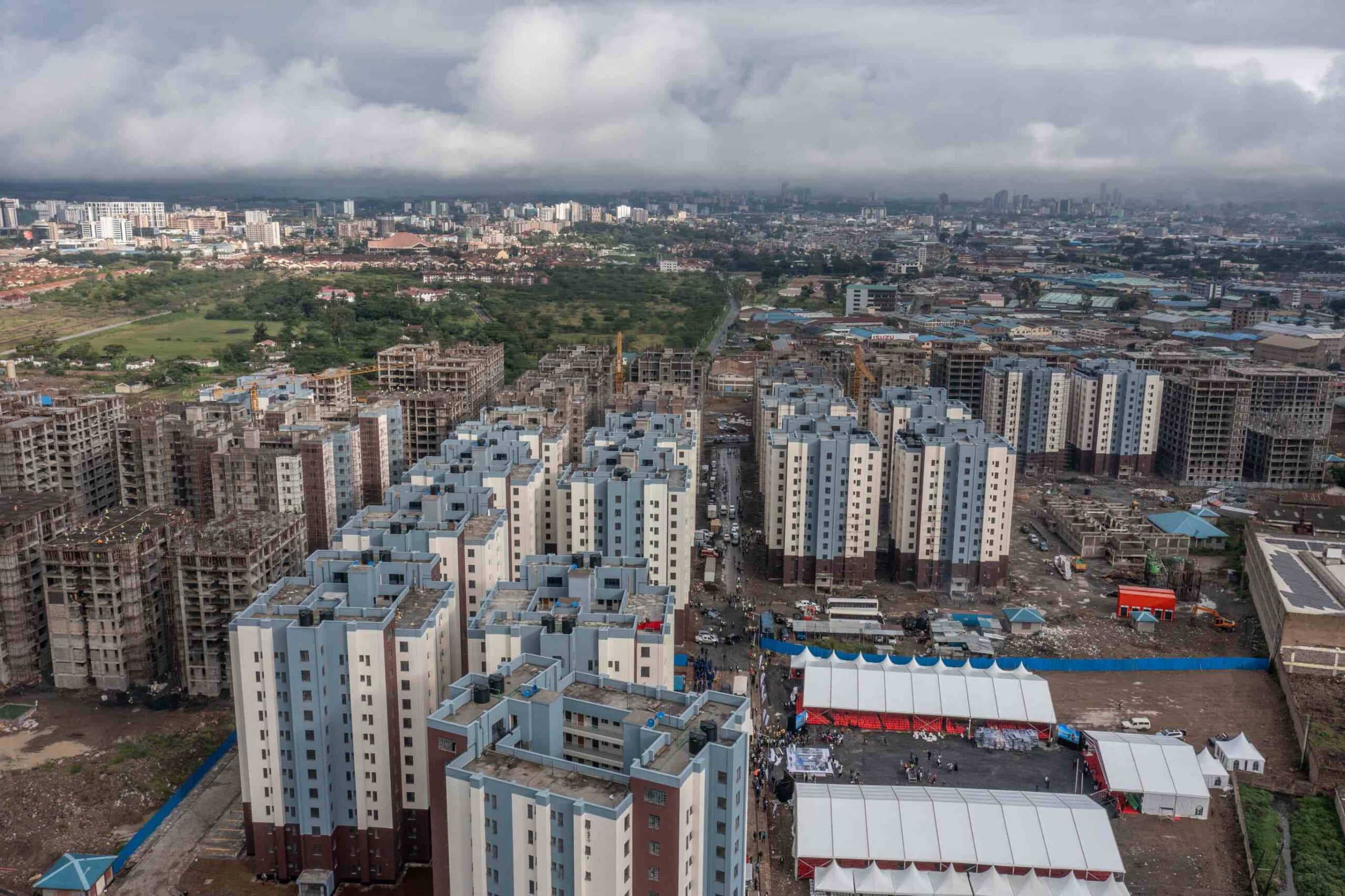
Location: Nairobi County
Estimated Cost: USD 250 Million
One of Kenya’s flagship mega projects, Makongeni, is envisioned as a 20,000-unit modern housing city built on 55 acres. It integrates retail zones, schools, hospitals, and mass transit links.
Impact: Aims to anchor Nairobi’s eastern corridor redevelopment, creating a mixed-use urban ecosystem with strong economic and social synergies.
9. Starehe Point 1 Affordable Housing Project
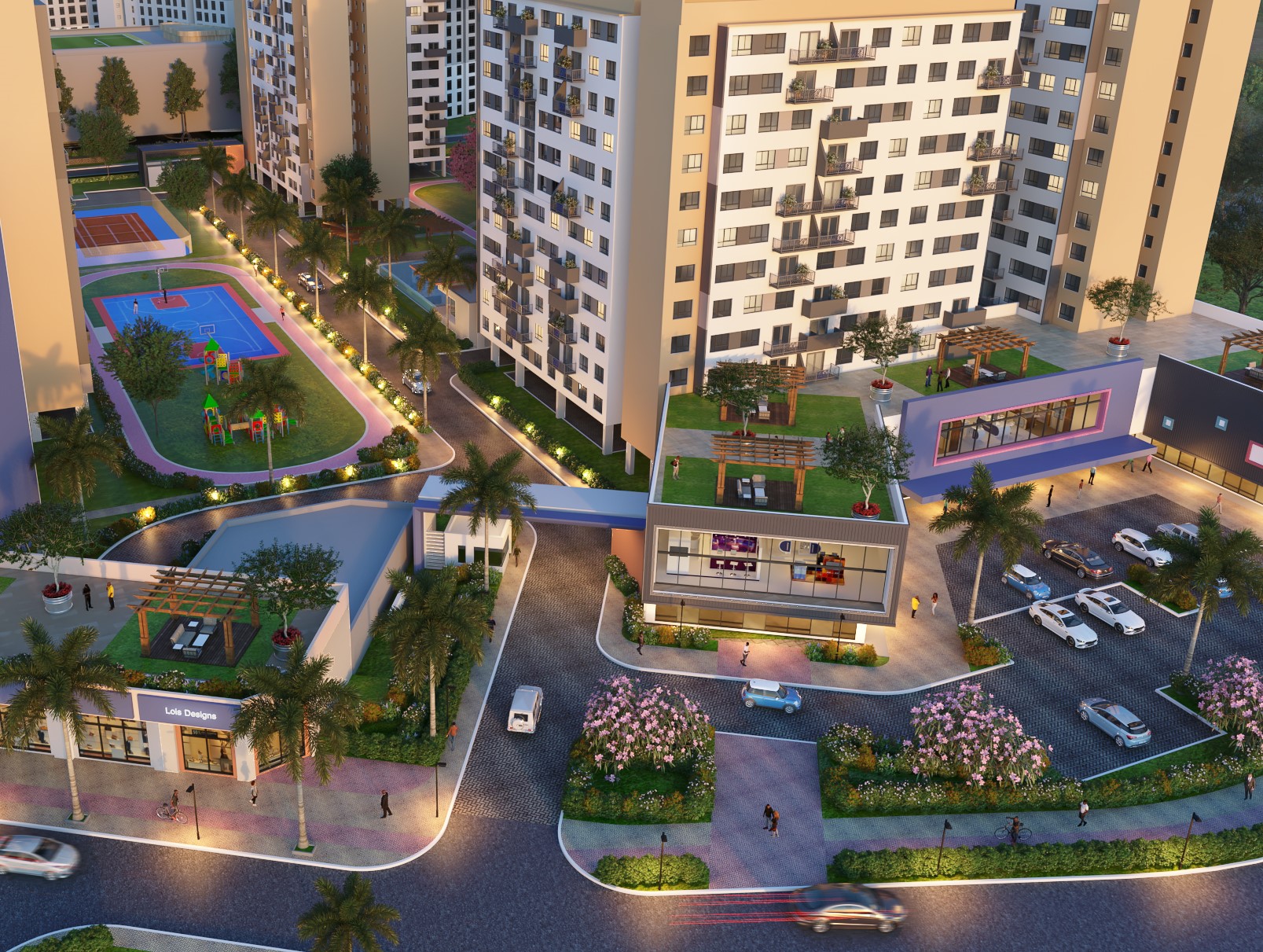
Location: Nairobi County
Estimated Cost: USD 130 Million
The Starehe project delivers more than 6,000 housing units supported by road upgrades, water systems, and green spaces. It targets middle- and low-income earners under a mixed-use development approach.
Impact: Reduces urban congestion while revitalising the Starehe area into a liveable, transit-oriented neighbourhood linked to key city employment zones.
10. Ruiru Affordable Housing Project
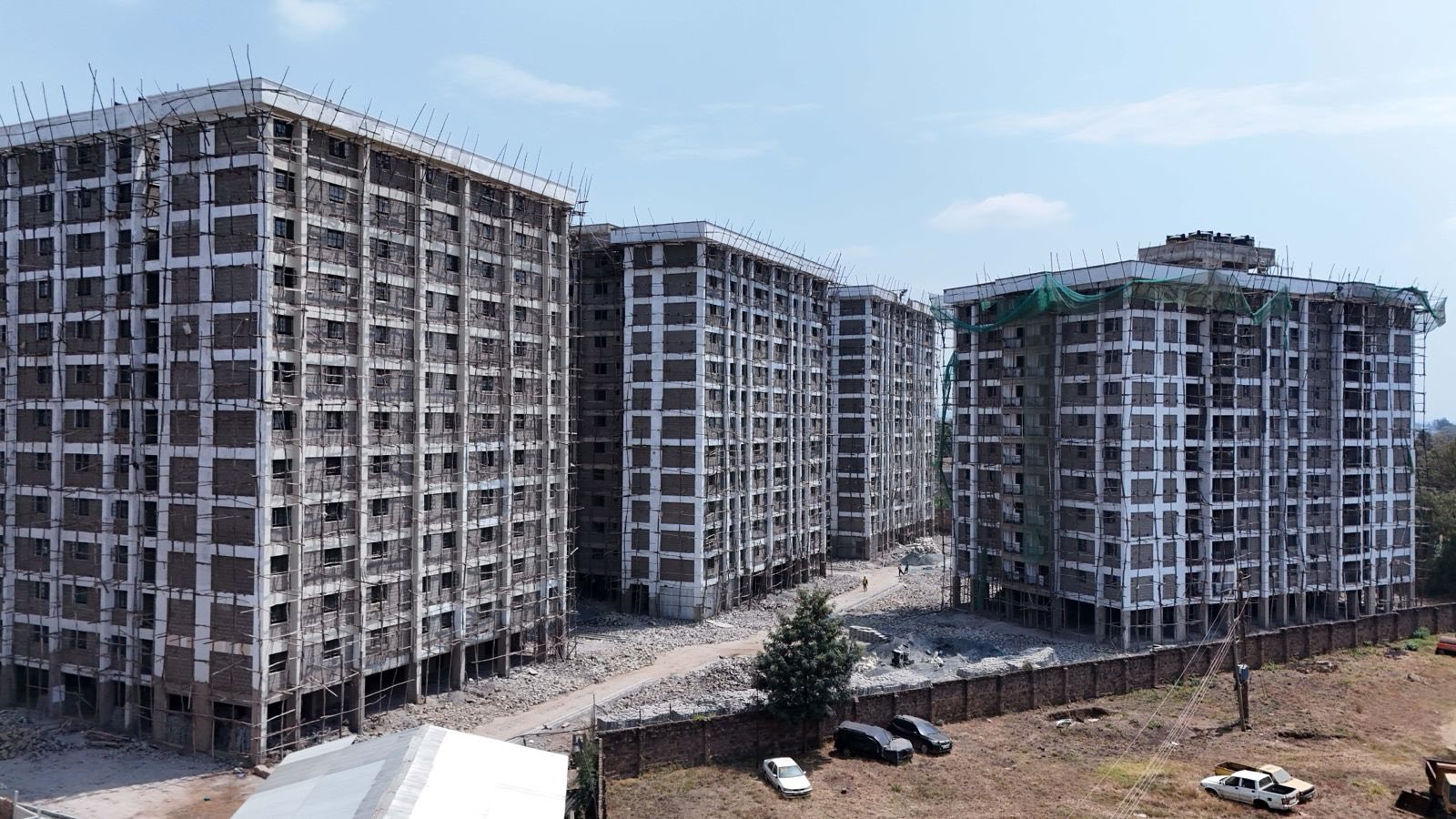
Location: Kiambu County
Estimated Cost: USD 75 Million
Ruiru’s project focuses on constructing over 2,000 housing units along the Thika Superhighway corridor. It integrates solar lighting, stormwater management, and eco-friendly building technologies.
Impact: Strengthens the Nairobi Metropolitan Region’s housing supply, providing affordable, sustainable homes for a rapidly expanding commuter population.
11. Boma Yangu Meru 2 Estate
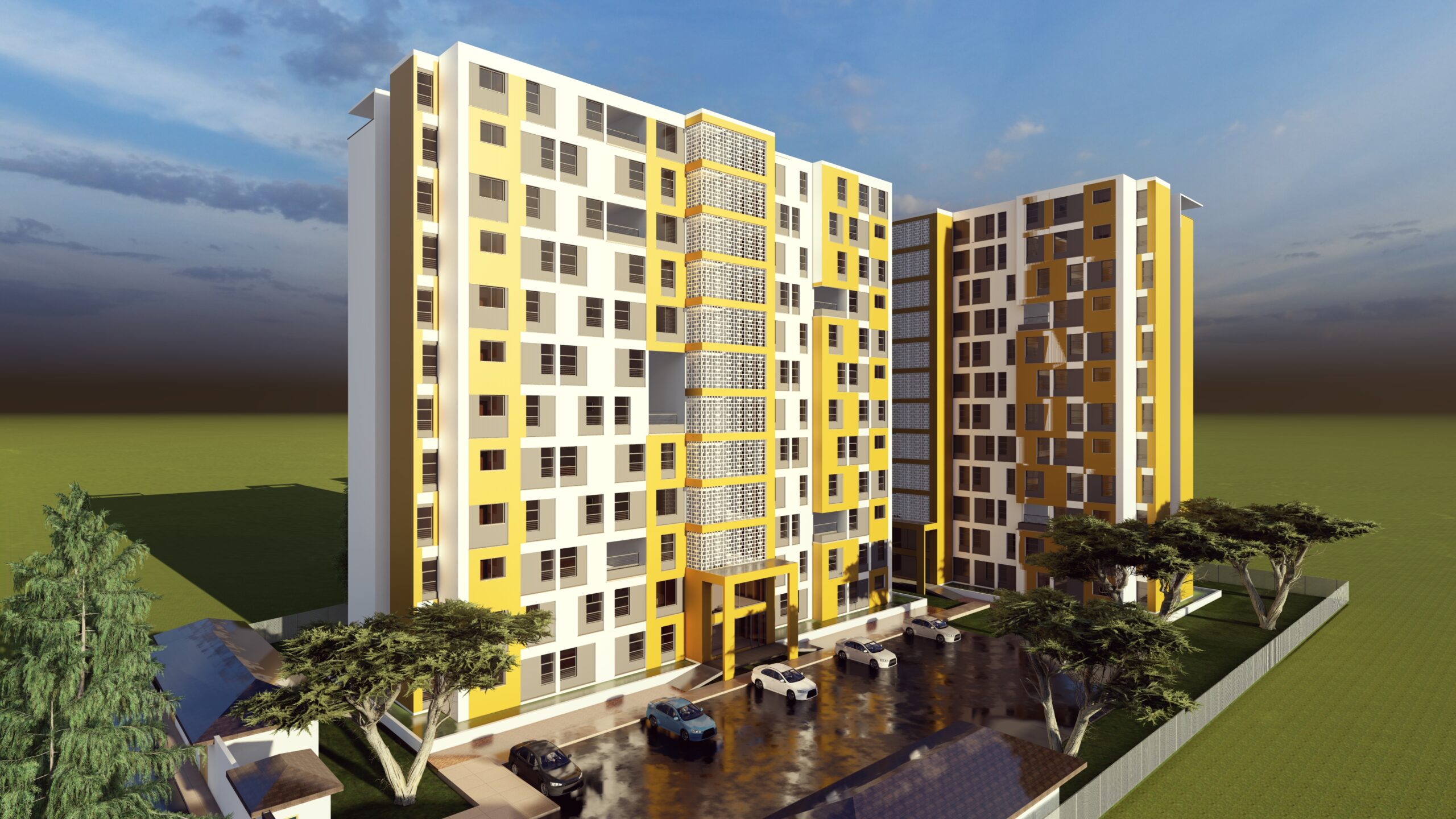
Location: Meru County
Developer: State Department for Housing and Urban Development
Estimated Cost: USD 60 Million (Approx.)
The Meru 2 Estate expands on the success of the initial Meru AHP project. Designed with modular construction principles, it includes 1,200 affordable units in a mixed-income layout featuring green courtyards and solar lighting.
Impact: The estate supports Kenya’s affordable housing program by accommodating both civil servants and private buyers, while boosting local building material industries in the Mt. Kenya region.
12. Boma Yangu Kakamega Lurambi Estate
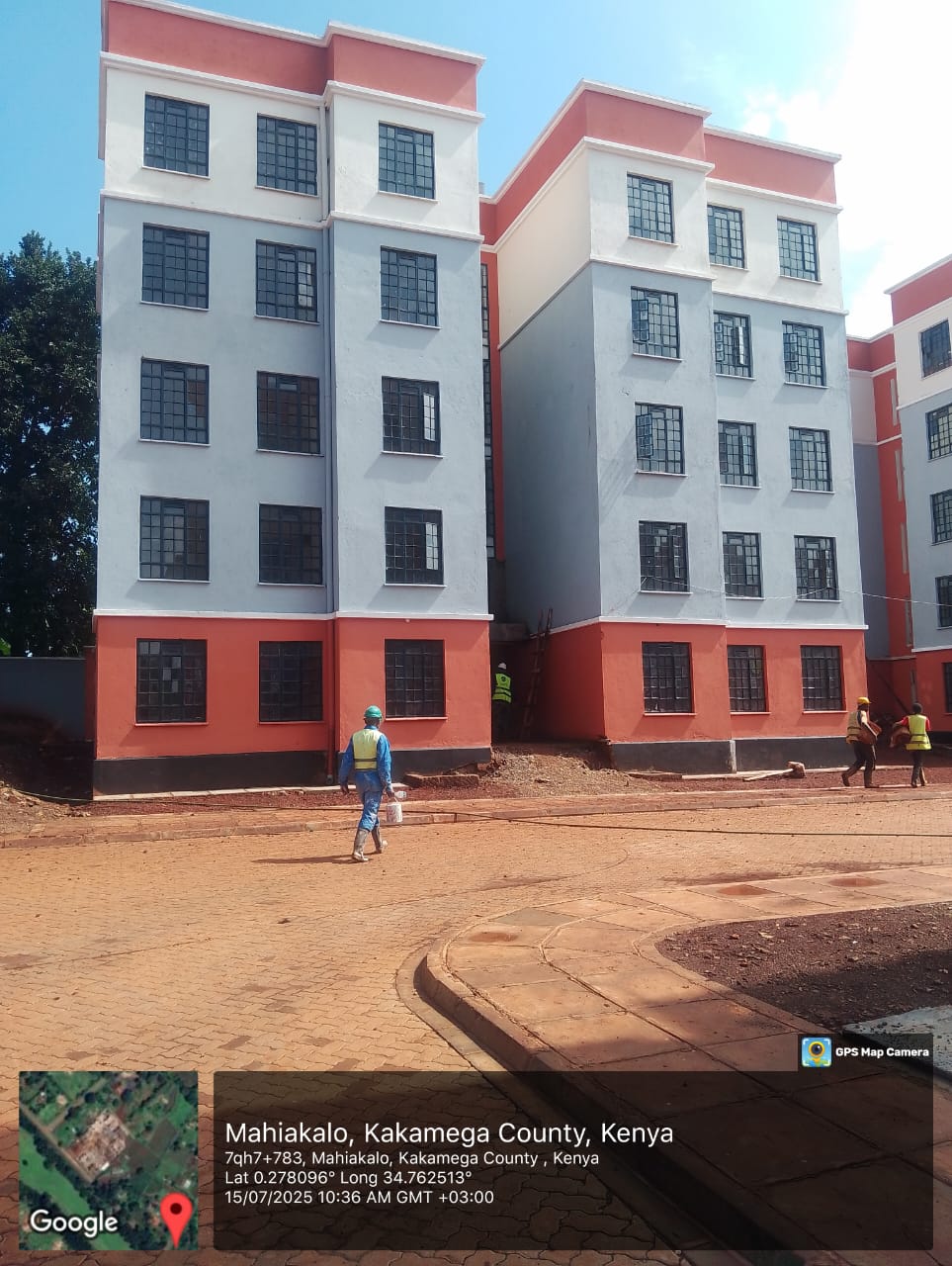
Location: Lurambi, Kakamega County
Estimated Cost: USD 55 Million
This development comprises over 1,000 units, supported by modern road access, drainage systems, and community amenities.
Impact: It enhances housing development in Kenya’s western corridor, reducing informal settlements while creating employment opportunities in construction and services.
13. Boma Yangu Voi Pool Estate

Location: Voi, Taita Taveta County
Estimated Cost: USD 48 Million
A strategically positioned development serving the Nairobi–Mombasa corridor, Voi Pool Estate integrates sustainable drainage systems and low-energy designs.
Impact: It provides affordable housing options for civil servants and railway workers, strengthening the link between housing and infrastructure expansion.
14. Boma Yangu Bahati Nakuru Estate
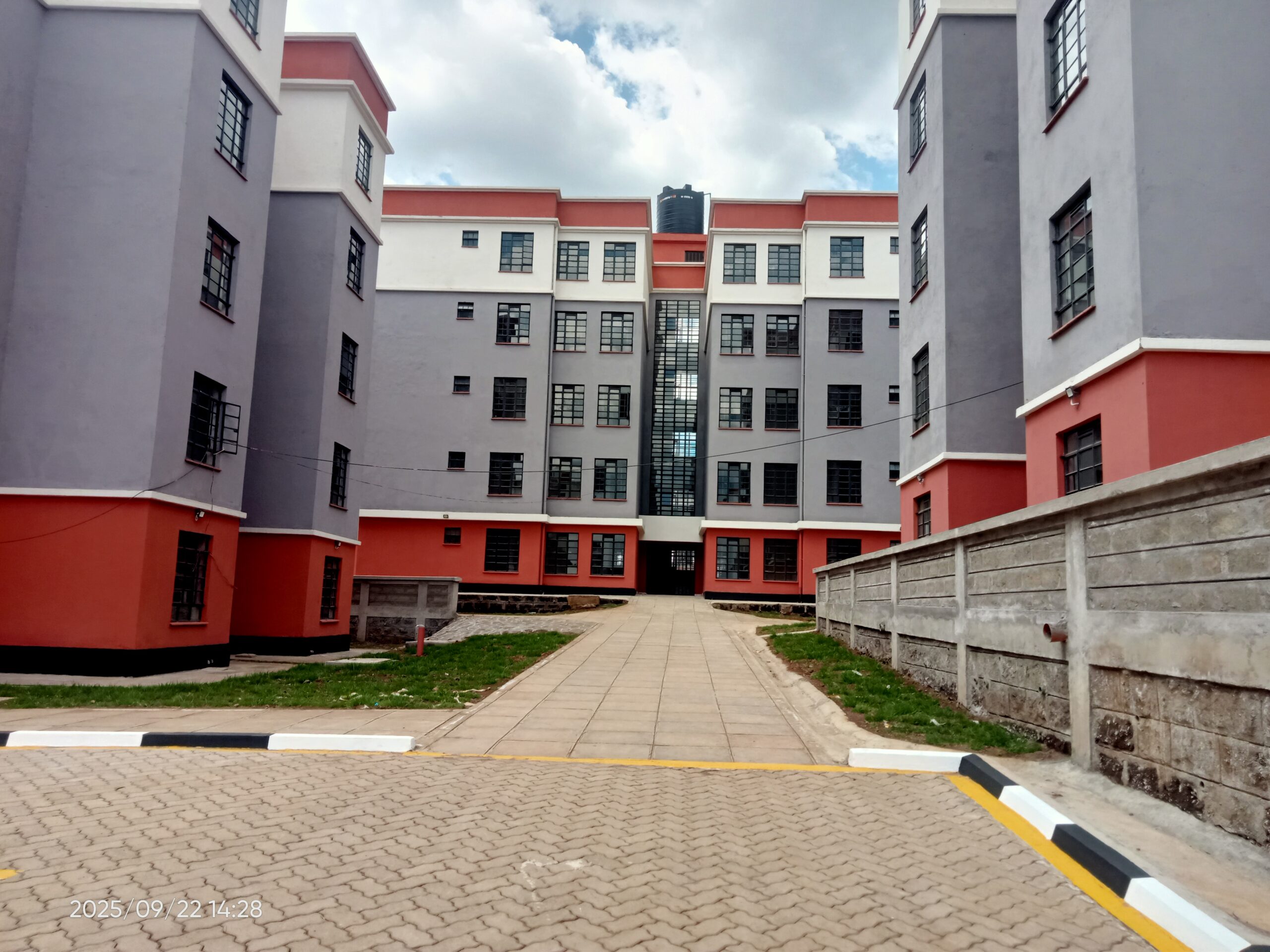
Location: Nakuru County
Estimated Cost: USD 65 Million
Featuring 1,500 units, this estate introduces vertical construction models to optimise urban land use.
Impact: It reduces urban sprawl in Nakuru while aligning with Kenya’s affordable housing goals of providing decent, affordable living for growing middle-income families.
15. Boma Yangu Embu NHC Estate
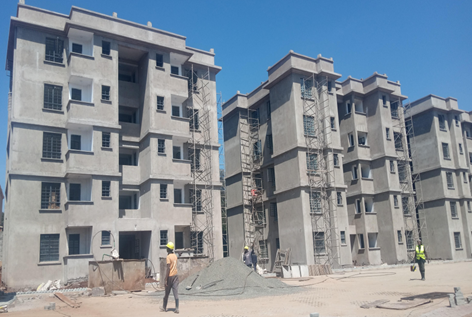
Location: Embu Town
Estimated Cost: USD 58 Million
Developed by the National Housing Corporation (NHC), this estate features modern apartments, water recycling systems, and an integrated business centre.
Impact: It sets a benchmark for sustainable urban development in smaller towns, supporting both housing access and local economic growth.
16. Boma Yangu Nyahururu Starehe Estate
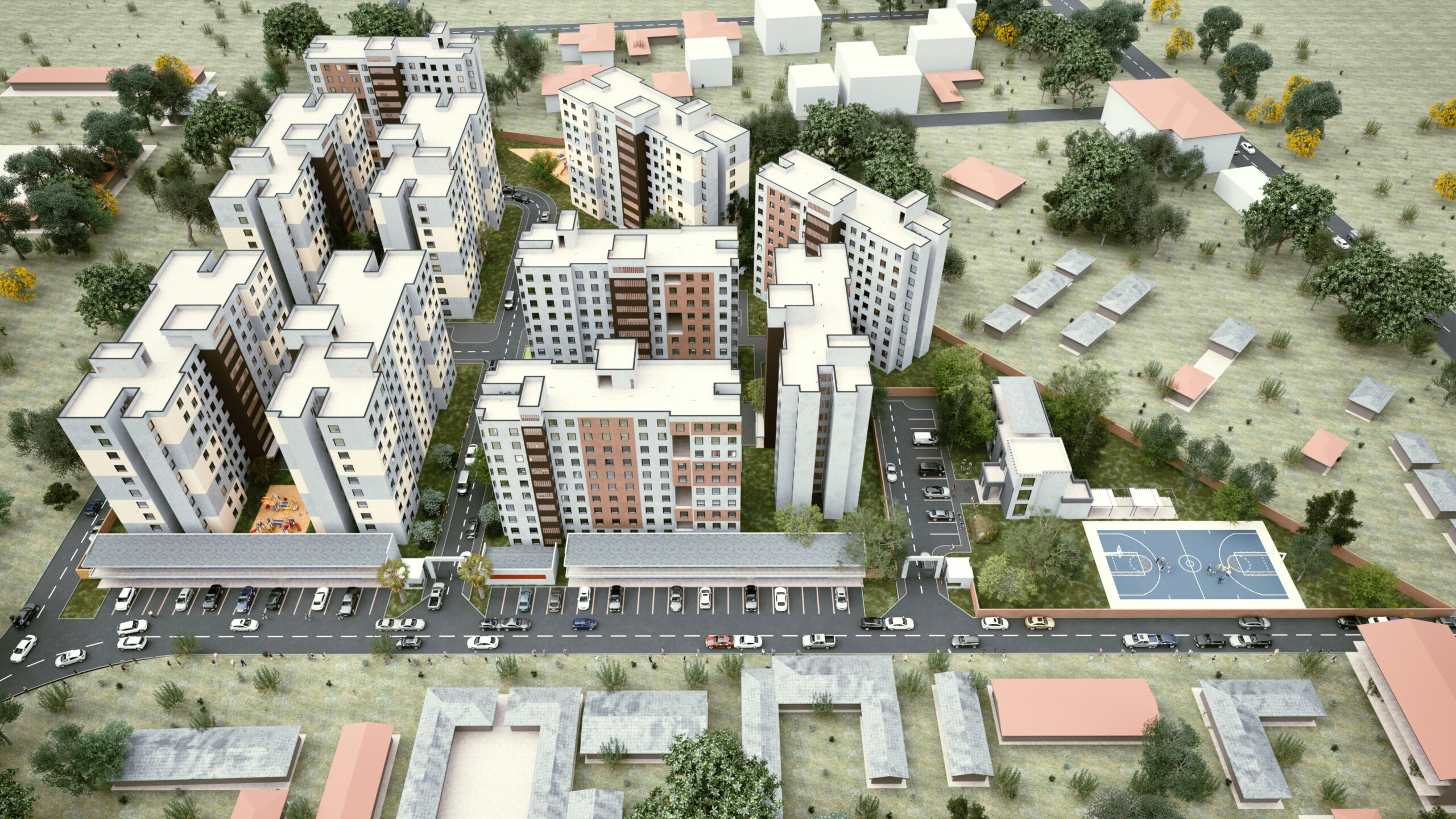
Location: Laikipia County
Estimated Cost: USD 45 Million
The Nyahururu Starehe Estate provides 900 residential units with an emphasis on affordable yet durable finishes.
Impact: It’s helping transition informal urban settlements into organised, serviced communities under Kenya’s urban development vision.
17. Boma Yangu Ol-Kalou Estate

Location: Nyandarua County
Estimated Cost: USD 40 Million
A low-rise, mixed-use estate incorporating green energy technologies and community facilities such as schools and dispensaries.
Impact: Enhances the livability of Ol-Kalou town, anchoring county-level housing growth and creating a model for semi-urban housing projects in Kenya.
18. Boma Yangu Vihiga Estate
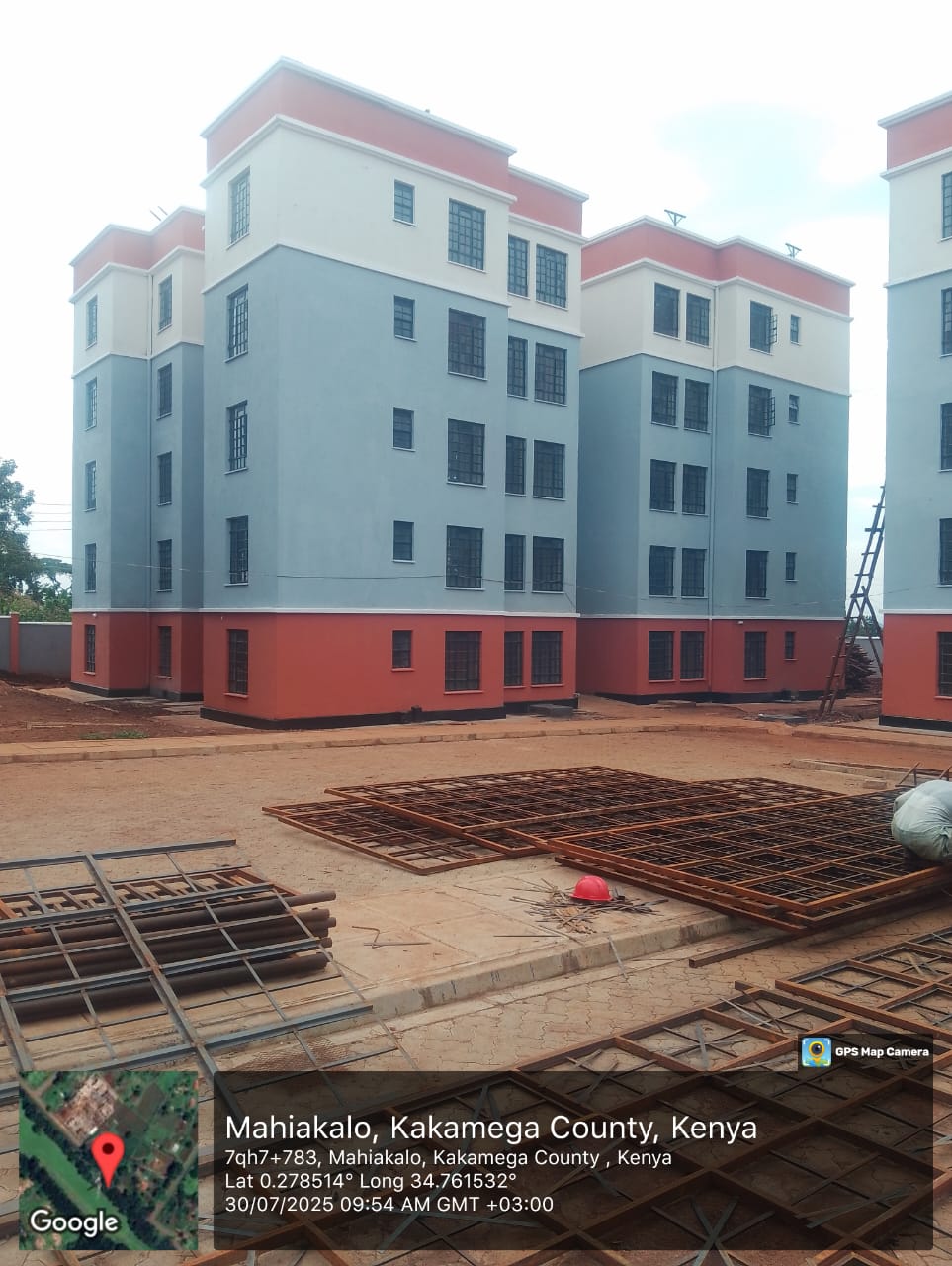
Location: Vihiga County
Estimated Cost: USD 35 Million
With 700 housing units planned, this project will integrate rainwater harvesting and efficient road layouts.
Impact: Supports low-cost housing in Kenya’s western region while stimulating the local construction economy.
19. Boma Yangu Kikuyu Estate
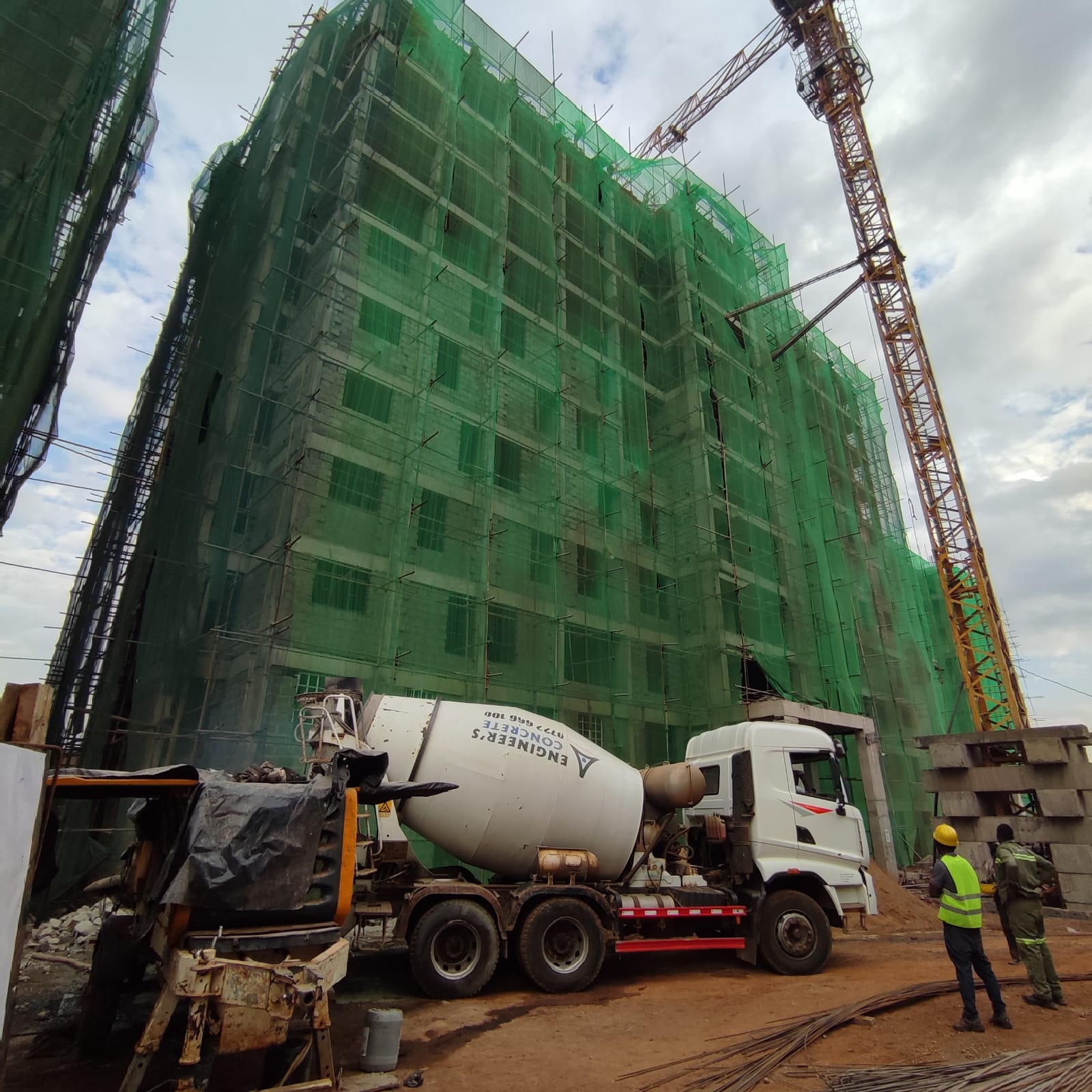
Location: Kiambu County
Estimated Cost: USD 90 Million
Located near Nairobi, the Kikuyu Estate is one of the largest projects under the AHP, featuring over 2,000 units.
Impact: It addresses Nairobi’s housing deficit by offering affordable commuter options to residents working in the capital.
20. Boma Yangu Shauri Moyo B Estate

Location: Nairobi County
Estimated Cost: USD 120 Million
An urban renewal project replacing old estates with modern apartments in Nairobi.
Impact: It’s a cornerstone of government housing projects in Kenya, revitalising ageing city estates into sustainable, high-density communities.
21. Boma Yangu Elburgon Estate
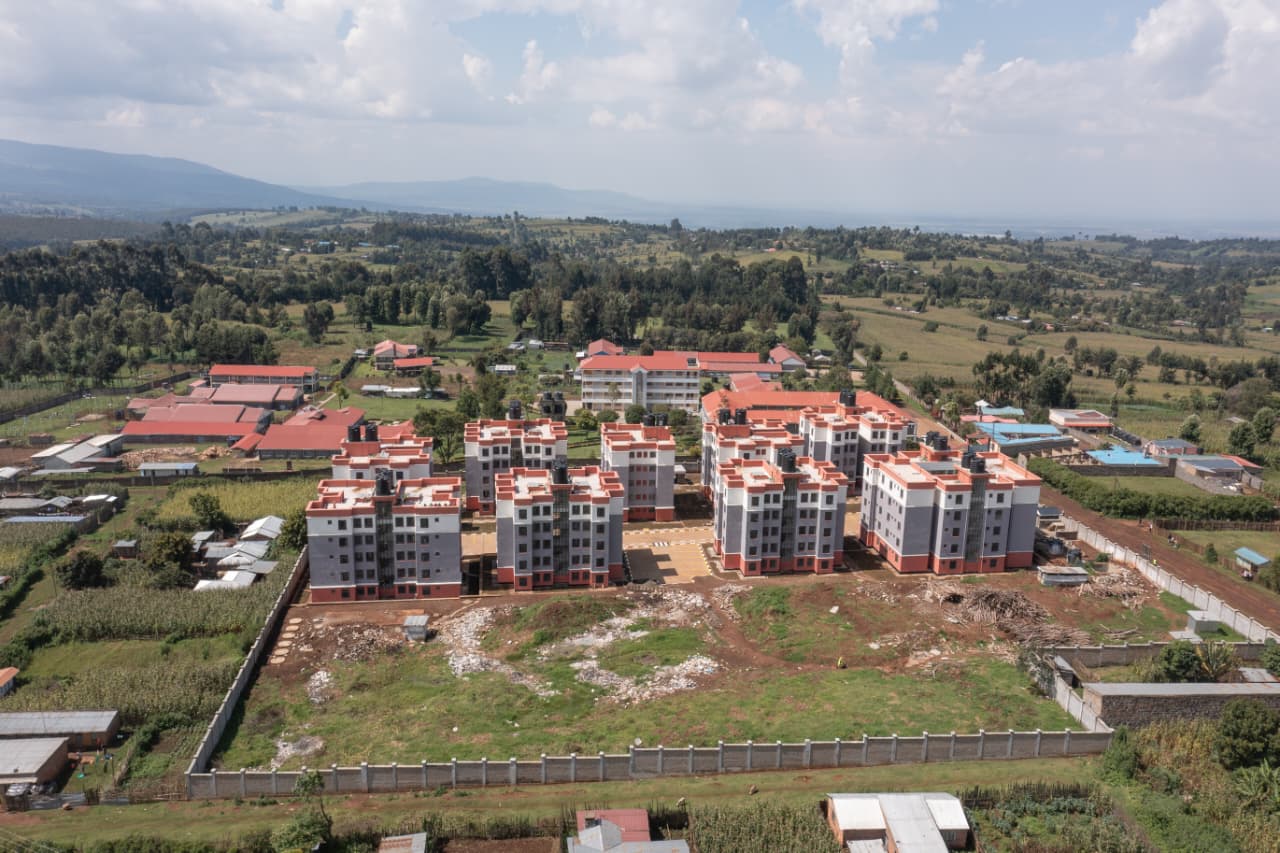
Location: Nakuru County
Estimated Cost: USD 42 Million
This estate will deliver 800 affordable housing units with integrated waste management systems.
Impact: It supports sustainable housing development in Kenya’s satellite towns.
22. Boma Yangu Mtwapa City Estate
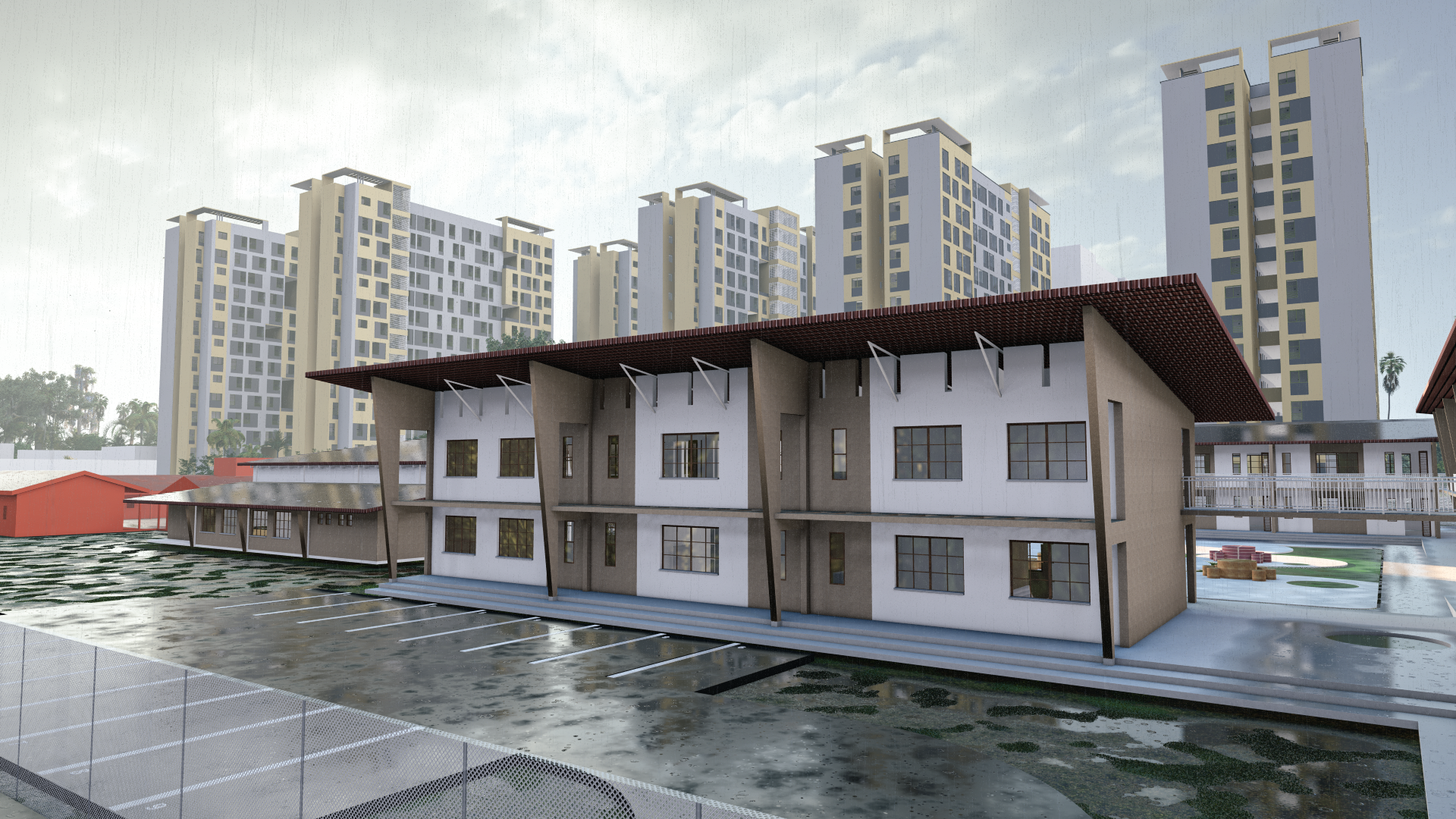
Location: Kilifi County
Estimated Cost: USD 75 Million
A coastal mega-development designed as part of Mtwapa’s emerging bright metropolitan area plan.
Impact: Promotes low-cost housing in Kenya’s tourism-driven coastal region while maintaining modern living standards.
23. Boma Yangu Maralal Estate

Location: Samburu County
Estimated Cost: USD 30 Million
Tailored for arid-zone living, this estate uses locally sourced materials for heat regulation and cost efficiency.
Impact: Enhances inclusivity in the national housing agenda by extending development to historically underbuilt northern counties.
24. Boma Yangu Lumumba Estate

Location: Kisumu County
Estimated Cost: USD 70 Million
A landmark lakeside project integrating mixed-use buildings and public green spaces.
Impact: It demonstrates how affordable housing can complement waterfront urban renewal efforts in Kisumu.
25. Boma Yangu Nyandarua NHC Estate
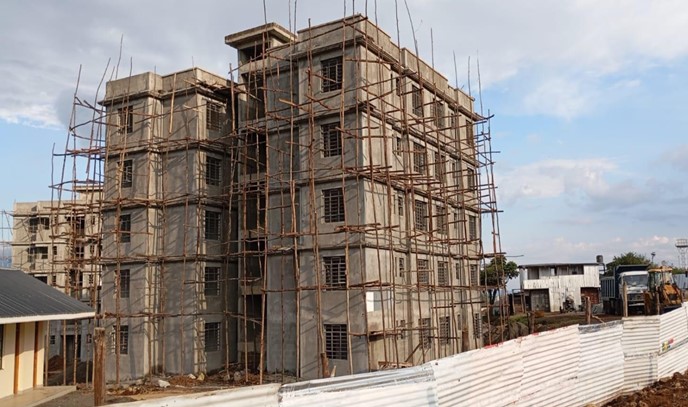
Location: Nyandarua County
Estimated Cost: USD 40 Million
Developed by NHC, this project aligns with the county’s spatial planning strategy.
Impact: Creates resilient, energy-efficient homes supporting agricultural communities.
26. Boma Yangu Funyula Estate
Location: Busia County
Estimated Cost: USD 32 Million
Located near the Kenya–Uganda border, the Funyula Estate supports regional integration and cross-border workforce housing.
Impact: Expands the footprint of government housing projects in Kenya to border towns.
27. Boma Yangu Embu Civil Servants’ Estate
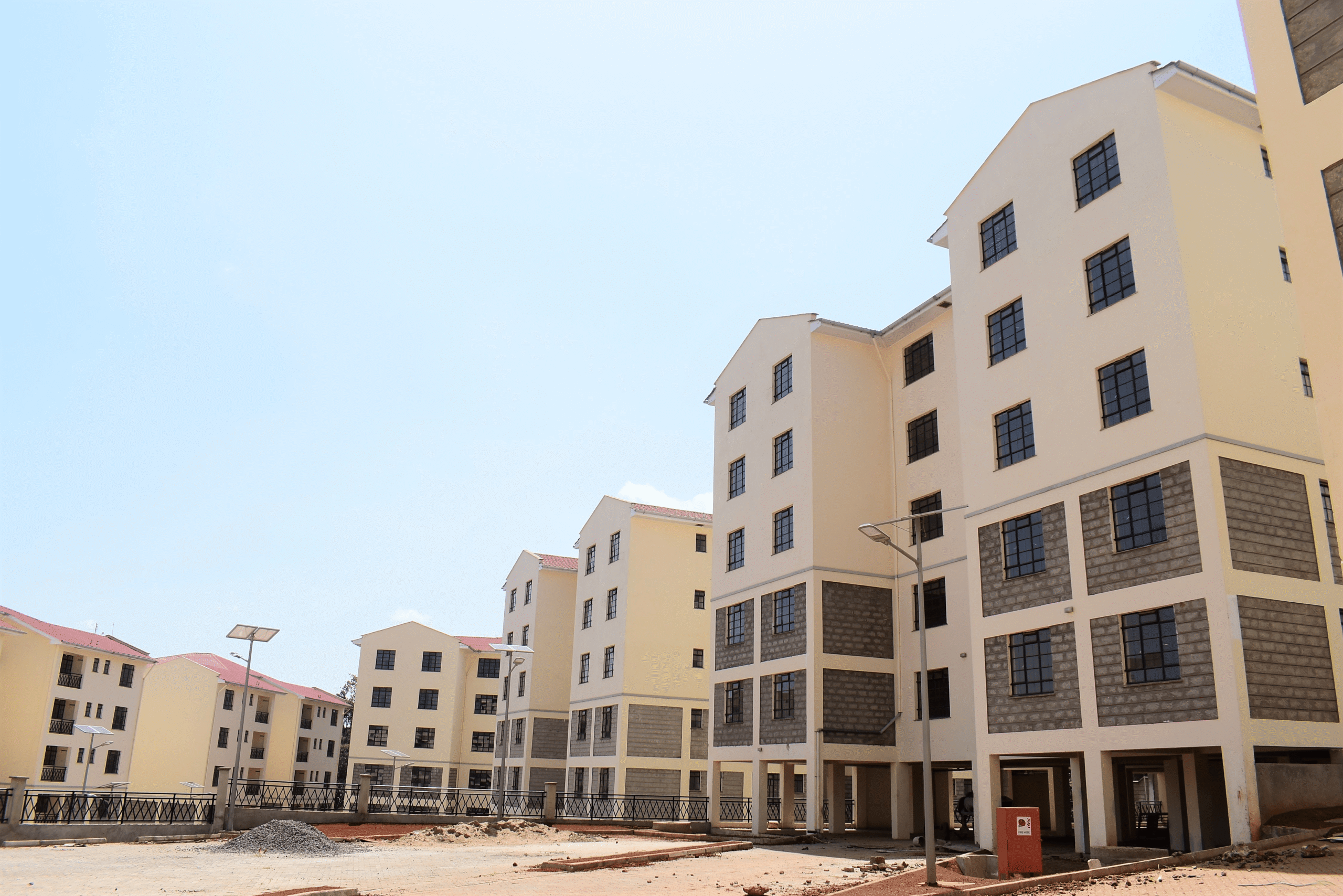
Location: Embu County
Estimated Cost: USD 50 Million
Reserved primarily for civil servants, this estate provides modern housing with subsidised mortgage options.
Impact: Strengthens public-sector workforce retention in regional towns.
28. Boma Yangu Kilgoris Estate

Location: Narok County
Estimated Cost: USD 28 Million
A 600-unit development featuring sustainable drainage and solar water heating.
Impact: Addresses rural-urban migration challenges while expanding the AHP footprint.
29. Boma Yangu Diani ‘White House’ Estate

Location: Kwale County
Estimated Cost: USD 80 Million
A premium affordable housing development located near Diani Beach.
Impact: Blends low-cost housing in Kenya’s tourism belt with green construction technologies and improved infrastructure.
30. Boma Yangu Chuka PW Estate
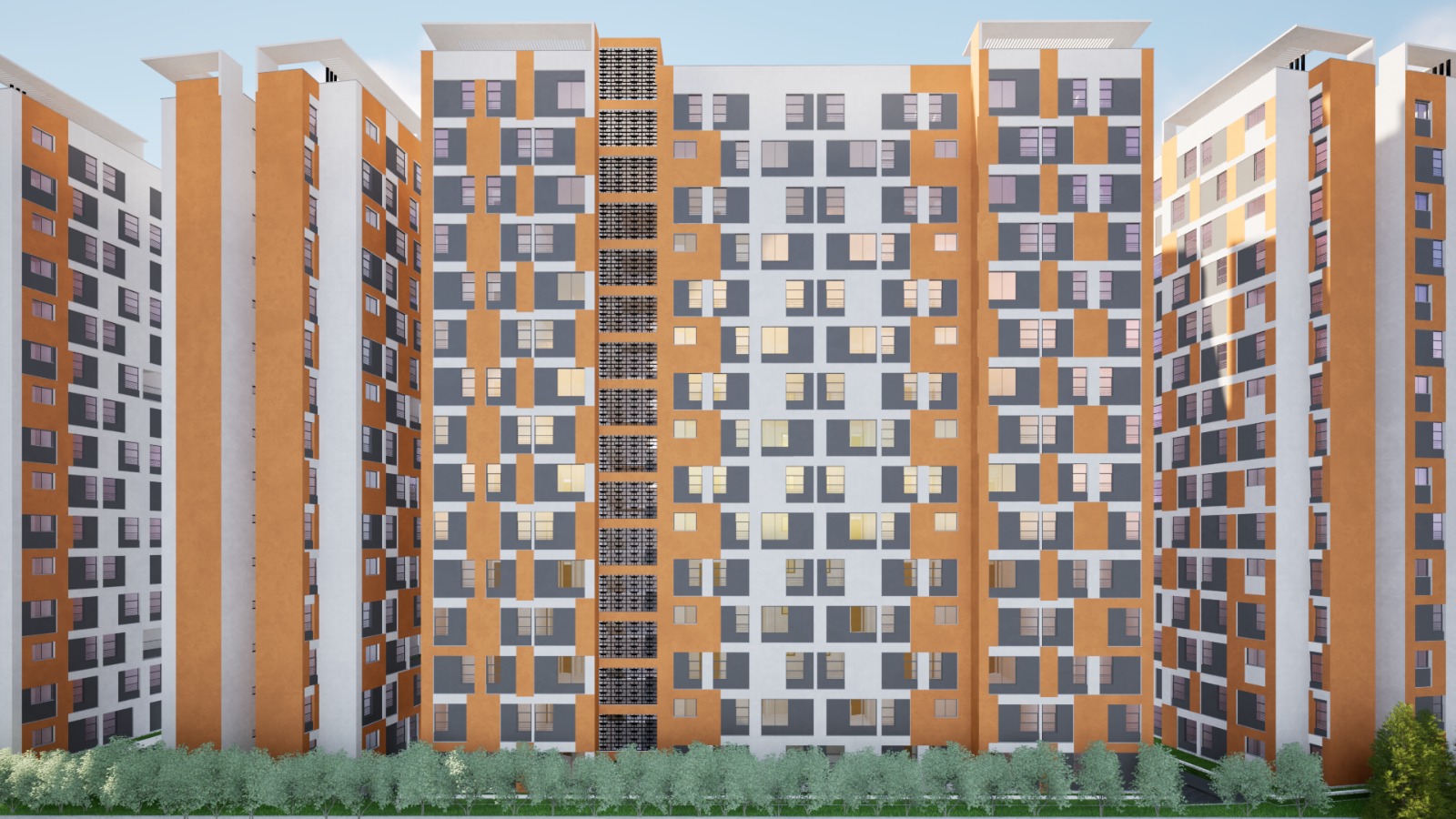
Location: Tharaka-Nithi County
Estimated Cost: USD 38 Million
Constructed for public workers, this estate ensures access to affordable homeownership.
Impact: It promotes county-level implementation of Kenya’s affordable housing program.
31. Boma Yangu Kabete Estate
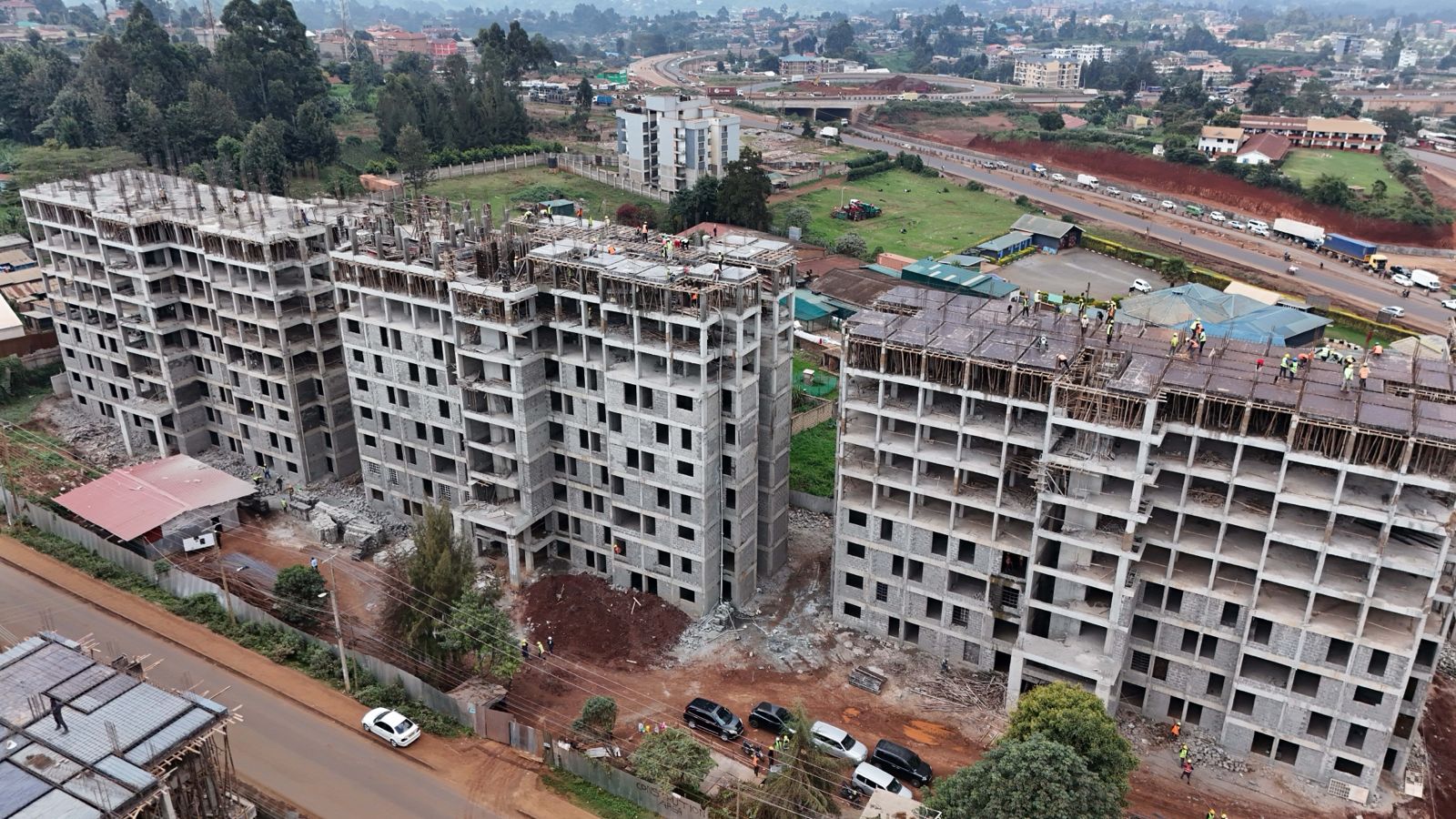
Location: Kiambu County
Estimated Cost: USD 85 Million
Integrating modern apartment blocks with green courtyards and shared utilities.
Impact: Reduces pressure on Nairobi’s inner-city housing market while creating equitable suburban developments.
32. Boma Yangu Machakos Civil Servants’ Estate

Location: Machakos County
Estimated Cost: USD 55 Million
An extensive civil service housing scheme emphasising mortgage-backed financing for middle-income earners in Machakos.
Impact: Promotes financial inclusion and modern urban development within Kenya’s expanding commuter belt.
33. Boma Yangu Wote Pool Estate

Location: Makueni County
Estimated Cost: USD 35 Million
Includes 700 residential units, a health centre, and green zones.
Impact: Strengthens the linkage between affordable housing and county-level service delivery.
34. Moke Gardens Affordable Housing Development

Location: Kiambu County
Estimated Cost: USD 68 Million
A private-public partnership model that integrates smart energy systems and shared social spaces.
Impact: Illustrates how PPPs can accelerate Kenya’s affordable housing goals while ensuring commercial viability.
35. Boma Yangu Eldoret Railway City Estate
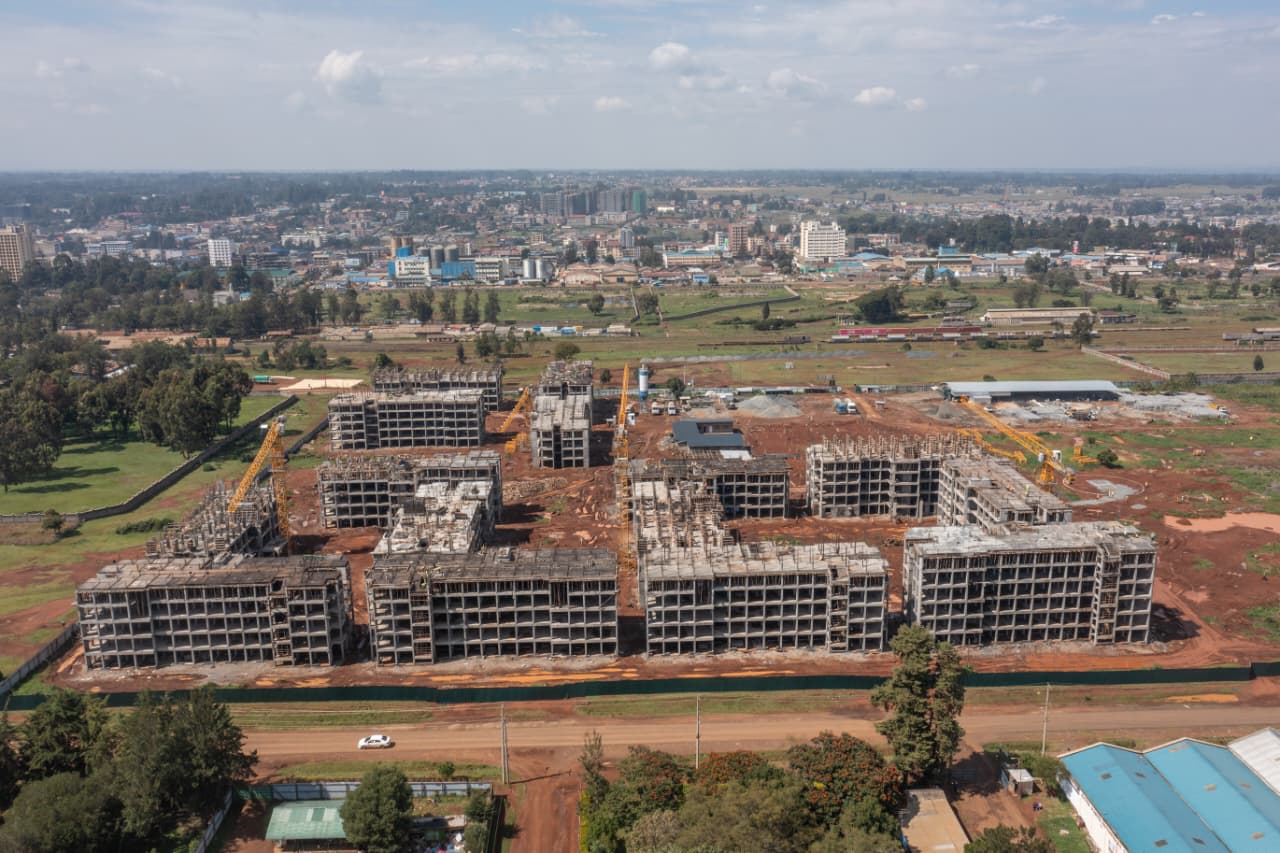
Location: Uasin Gishu County
Estimated Cost: USD 95 Million
Strategically aligned with the Eldoret Railway City project, this estate supports transit-oriented development.
Impact: Combines housing and logistics infrastructure, creating a model for integrated urban planning.
36. Boma Yangu Kamiti Lot 2 Estate
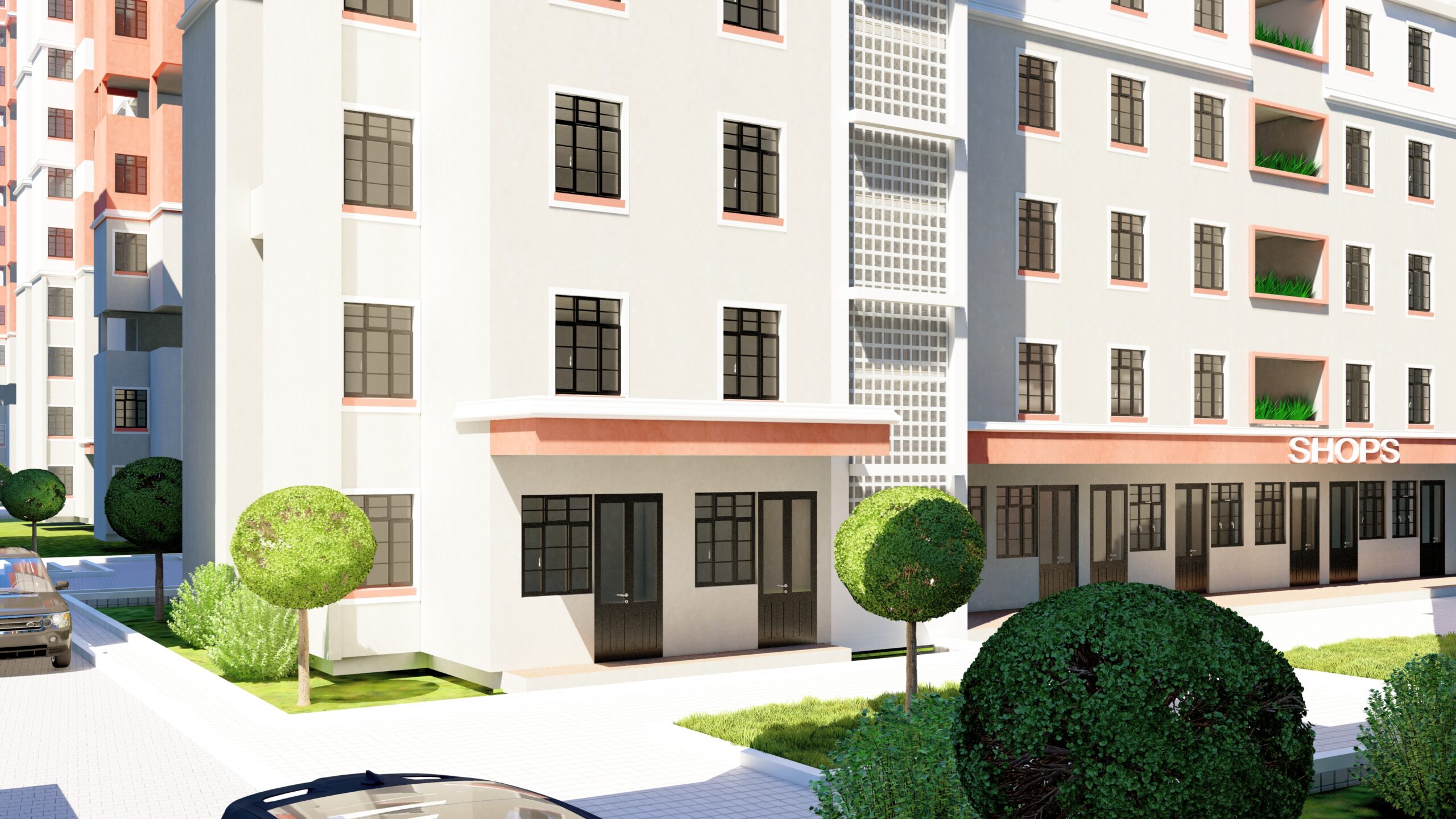
Location: Nairobi County
Estimated Cost: USD 110 Million
An advanced phase of the Kamiti AHP housing complex.
Impact: Expands the supply of affordable units near Nairobi while utilising efficient prefabricated technology.
37. Boma Yangu Ogembo Estate

Location: Kisii County
Estimated Cost: USD 44 Million
Developed on county-provided land, featuring mixed-use apartments and improved access roads.
Impact: Enhances urban housing availability and boosts construction employment in Kisii.
38. Boma Yangu Makuyu Estate
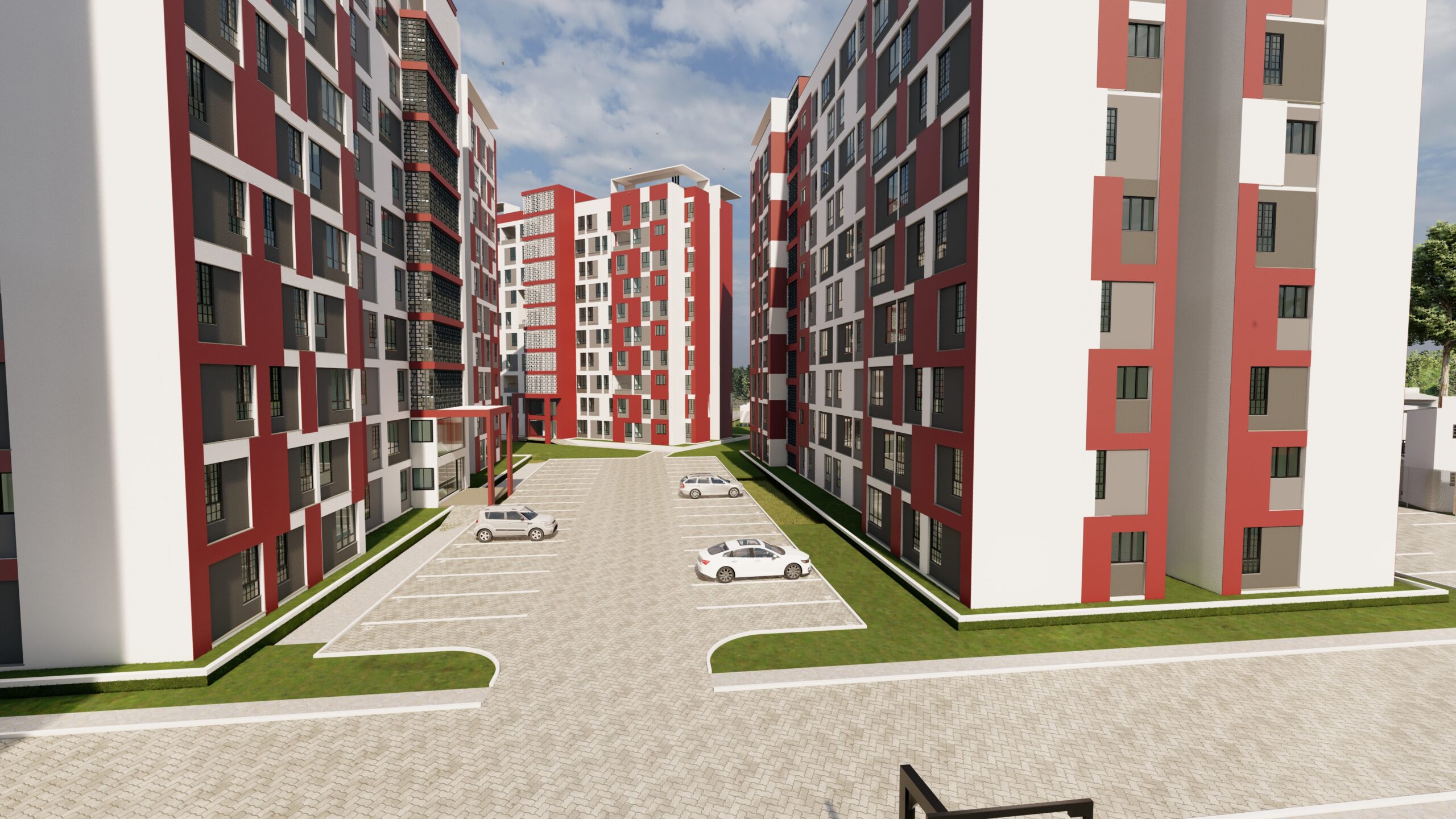
Location: Murang’a County
Estimated Cost: USD 40 Million
Focused on affordable homeownership for low- and middle-income earners.
Impact: Contributes to rural-urban balance under Kenya’s housing development strategy.
39. Boma Yangu Kasarani Lot 4 Estate
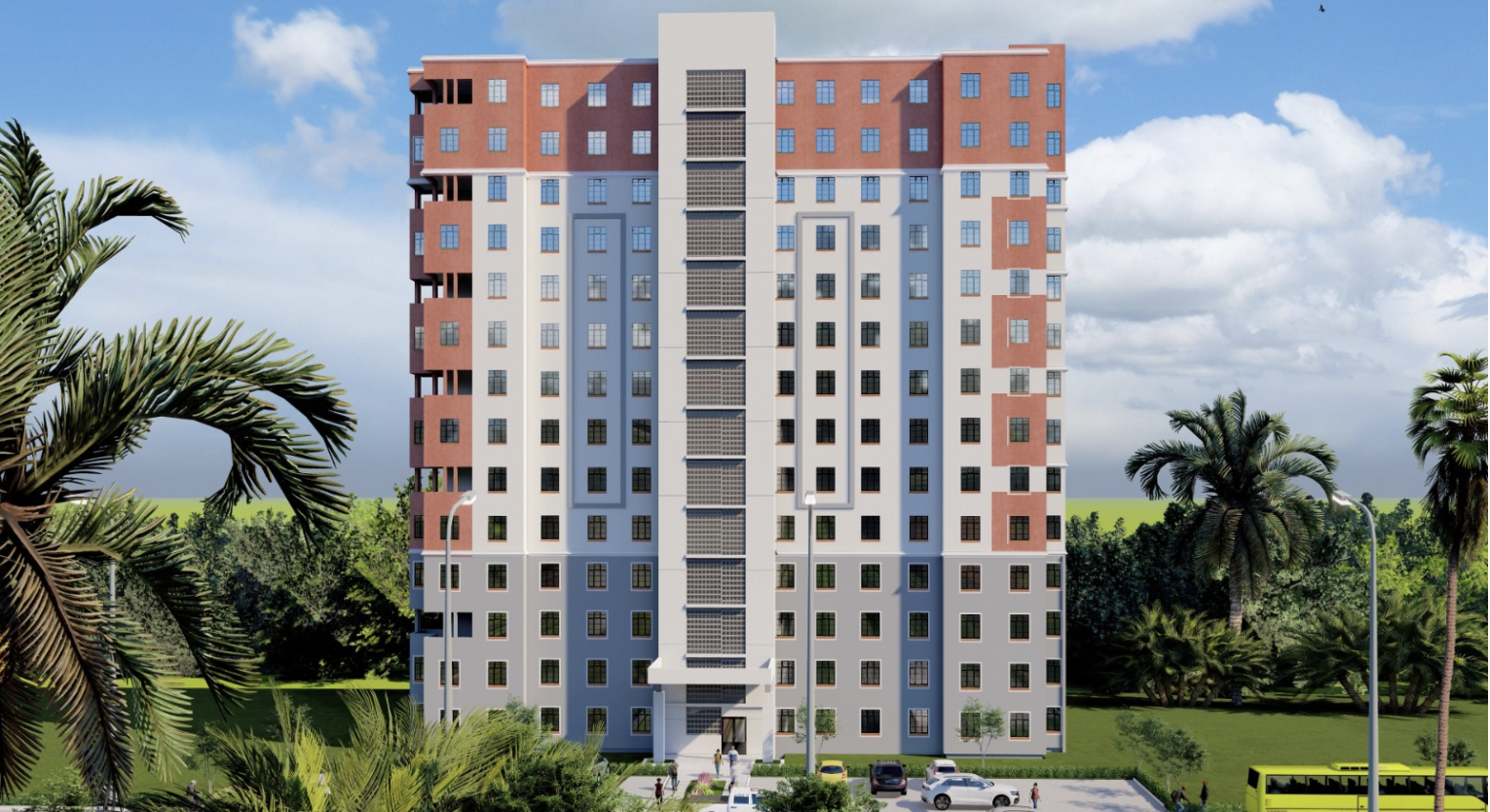
Location: Nairobi County
Estimated Cost: USD 125 Million
An extension of the Kasarani housing development featuring more than 2,000 units.
Impact: Supports large-scale urban regeneration in Nairobi’s northern suburbs.
40. Boma Yangu Nanyuki Estate
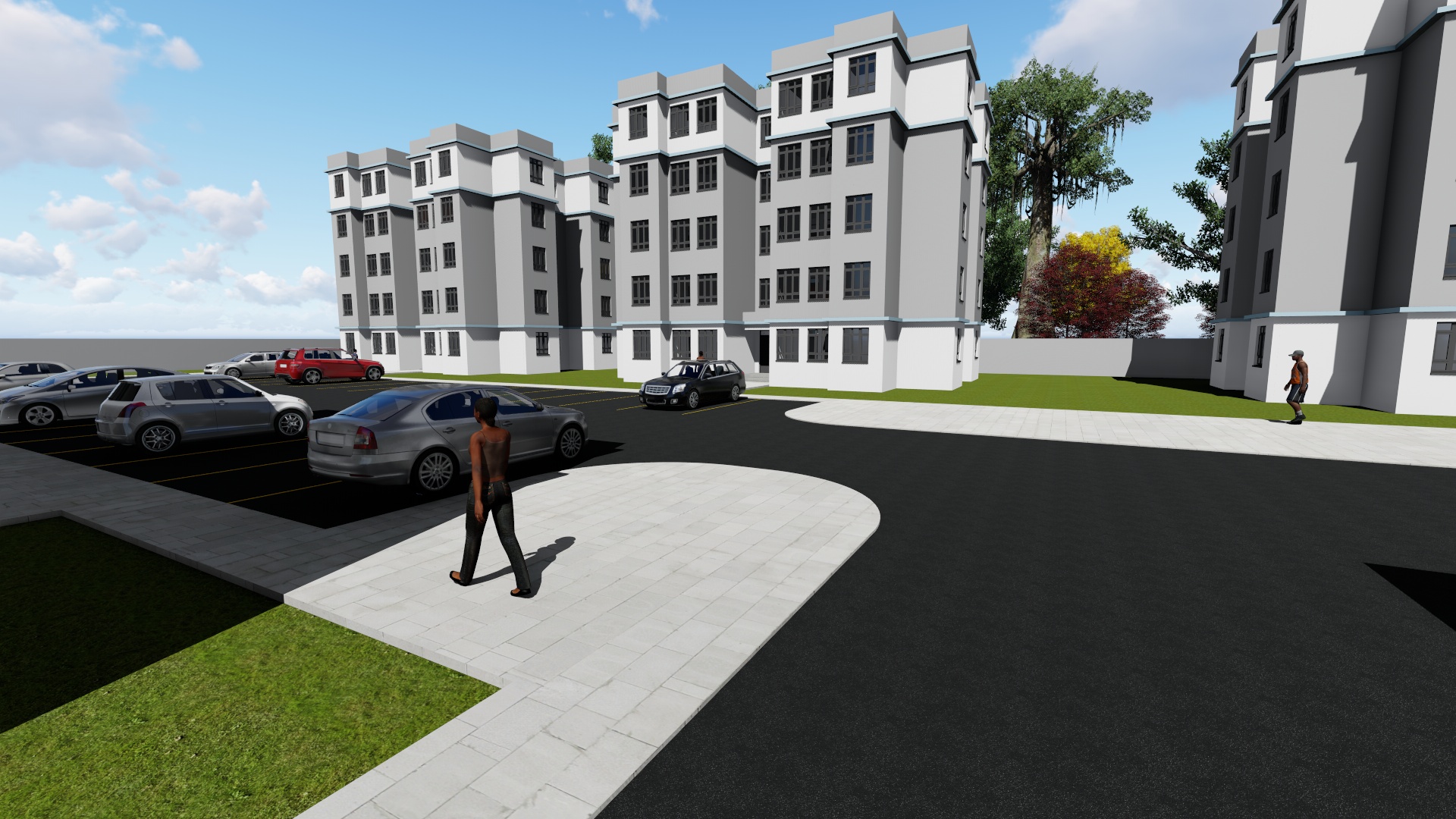
Location: Laikipia County
Estimated Cost: USD 42 Million
A 900-unit estate emphasising green design and local material sourcing.
Impact: Reinforces sustainable, inclusive urbanisation in Kenya’s mid-sized towns.
41. Boma Yangu Rongo Estate
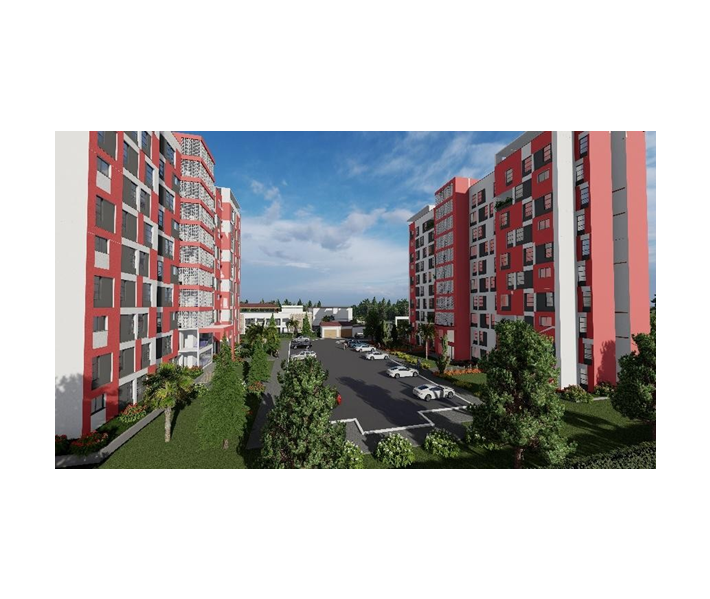
Location: Migori County
Estimated Cost: USD 38 Million
Rongo Estate brings 800 affordable housing units to Migori County, supporting the growing population around Rongo University and nearby trade centres.
Impact: The project will promote structured housing development in western Kenya, reduce informal settlements, and stimulate local construction industries.
42. Boma Yangu Busia ATC Phase 2 Estate
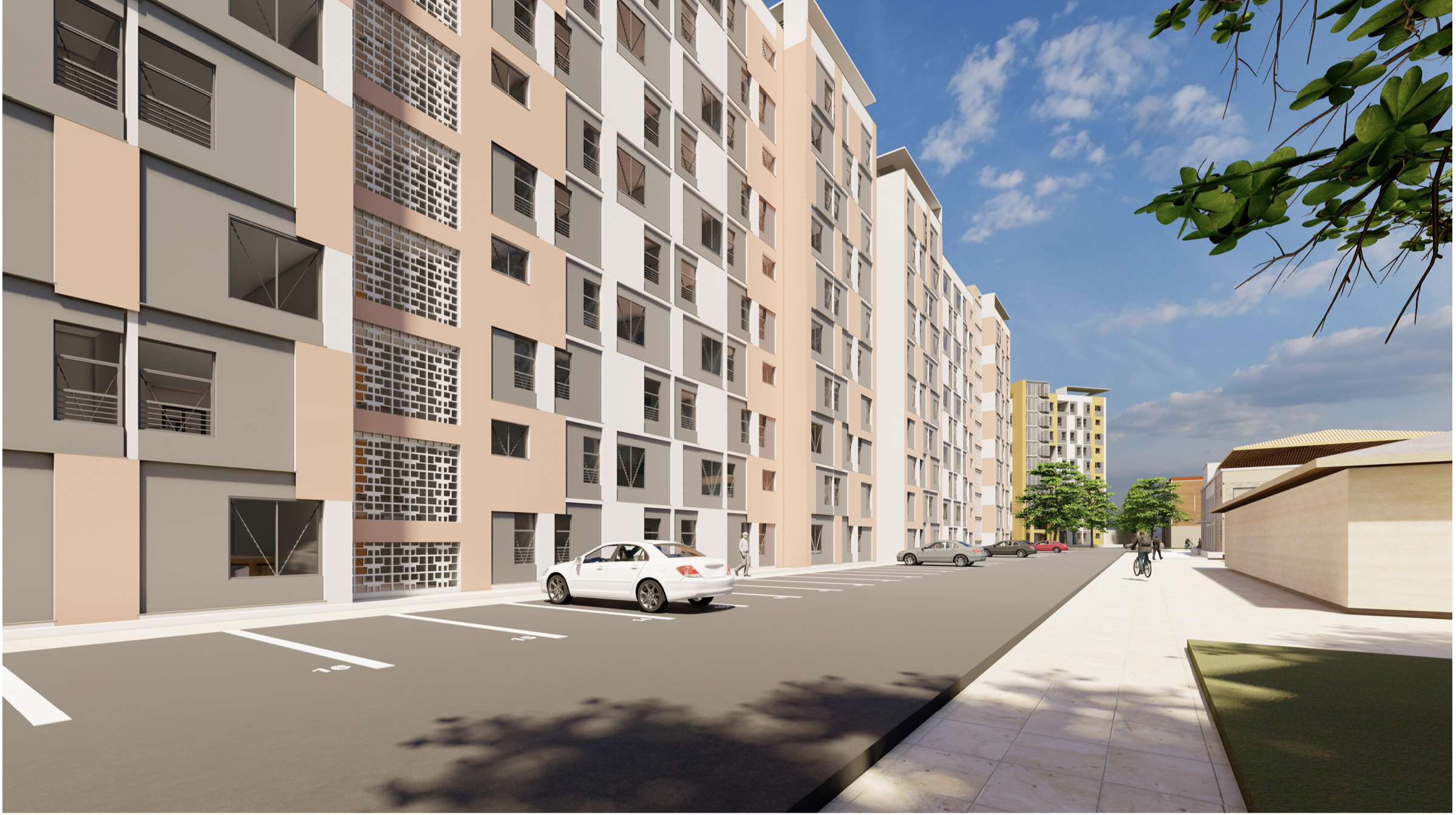
Location: Busia County
Estimated Cost: USD 33 Million
Phase 2 of the Busia Agricultural Training Centre housing program expands residential capacity for government workers and border traders.
Impact: Supports cross-border economic integration by improving living conditions in a fast-growing trade hub.
43. Boma Yangu Meru 1 Estate
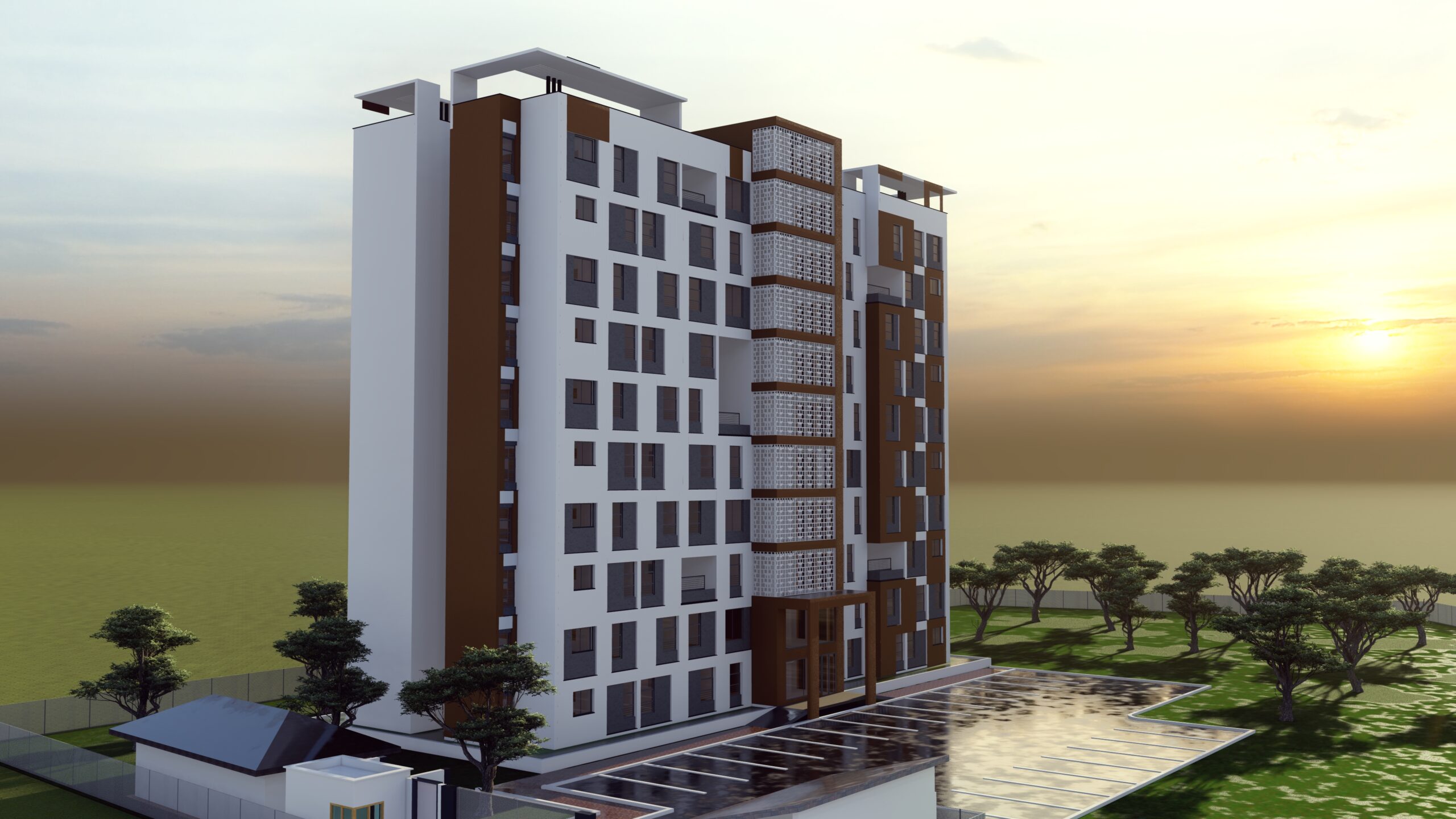
Location: Meru County
Estimated Cost: USD 55 Million
The first major Boma Yangu project in Meru comprises 1,200 housing units, accompanied by supporting infrastructure, including internal roads, drainage, and utilities.
Impact: Sets a benchmark for subsequent AHP projects in the region by demonstrating how modern urban planning can enhance livability.
44. Boma Yangu Gichugu Estate
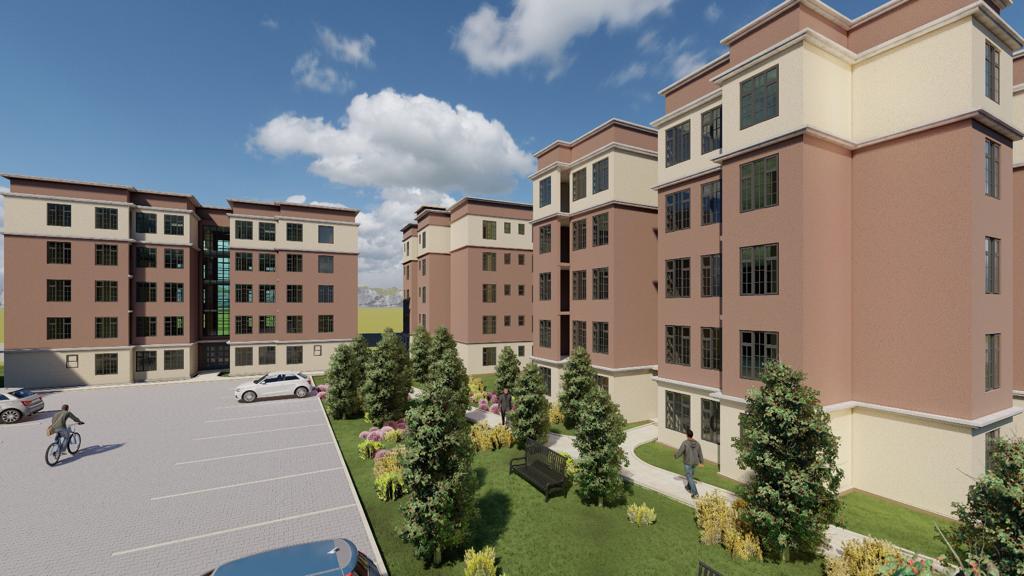
Location: Kirinyaga County
Estimated Cost: USD 35 Million
A 700-unit project focusing on affordable family housing near Kerugoya and Kutus.
Impact: Strengthens the housing supply for teachers, health workers, and small business owners in Kirinyaga County.
45. Boma Yangu Garissa Estate
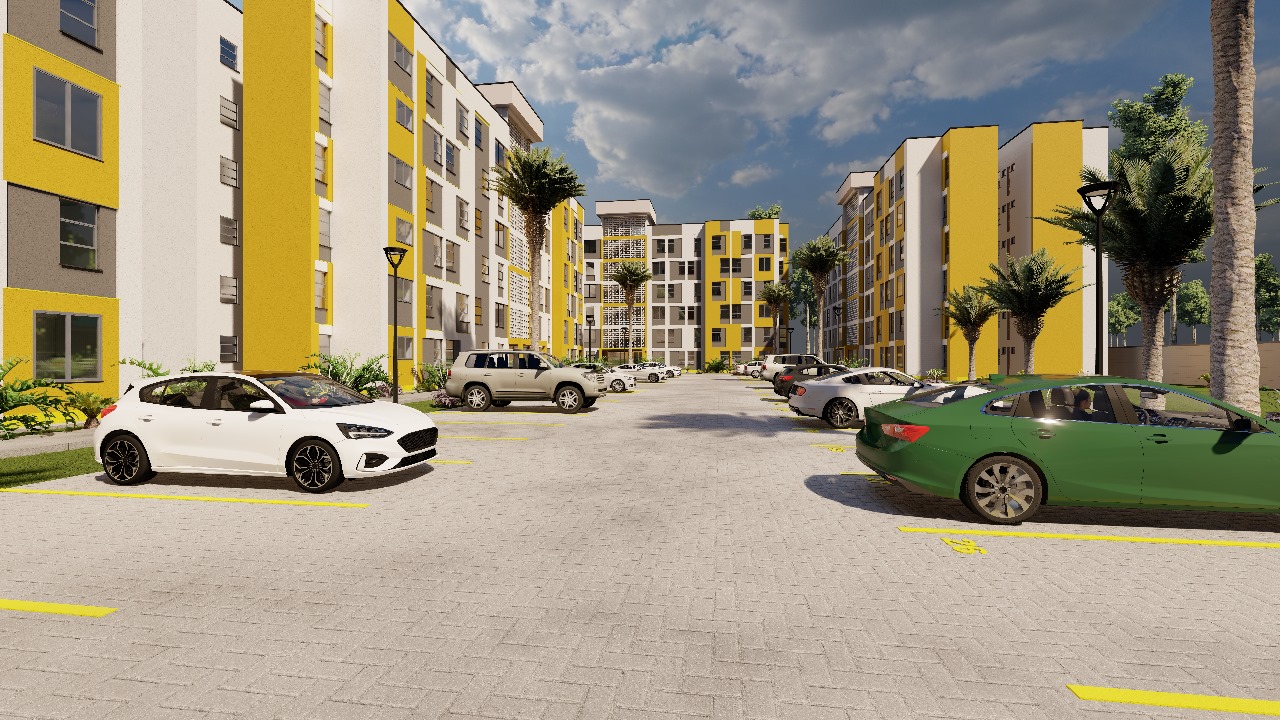
Location: Garissa County
Estimated Cost: USD 50 Million
Designed to withstand arid climatic conditions, this estate incorporates energy-efficient cooling and locally sourced materials.
Impact: Expands government housing projects in Kenya’s arid and semi-arid regions, improving access to modern housing in historically underserved areas.
46. Boma Yangu Homa Bay Estate
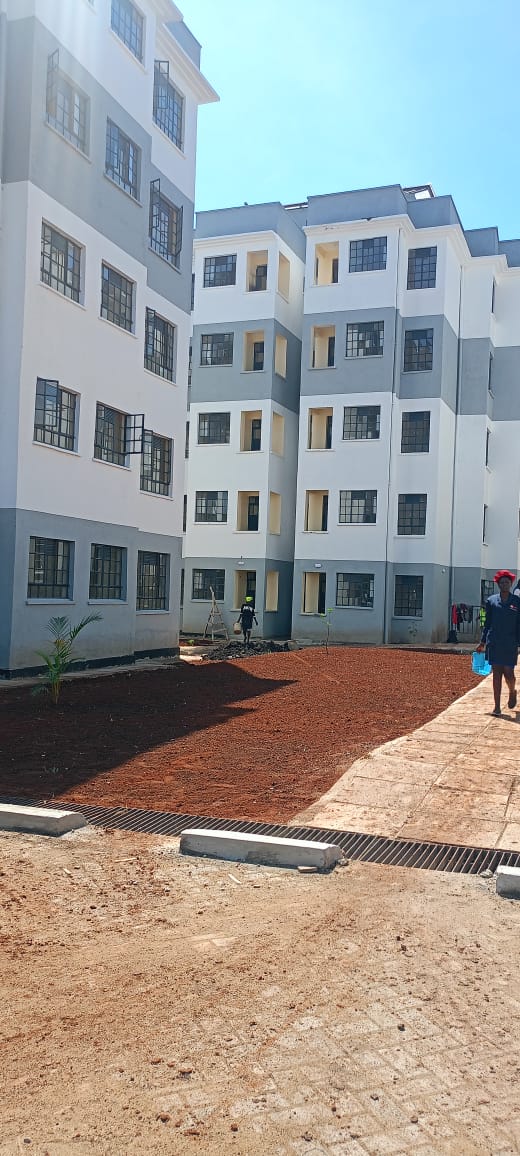
Location: Homa Bay County
Estimated Cost: USD 45 Million
A lakeside development with over 900 units featuring water-efficient plumbing and waste recycling.
Impact: Supports the blue economy and sustainable housing development in Kenya’s lake region.
47. Boma Yangu Isiolo Township Estate
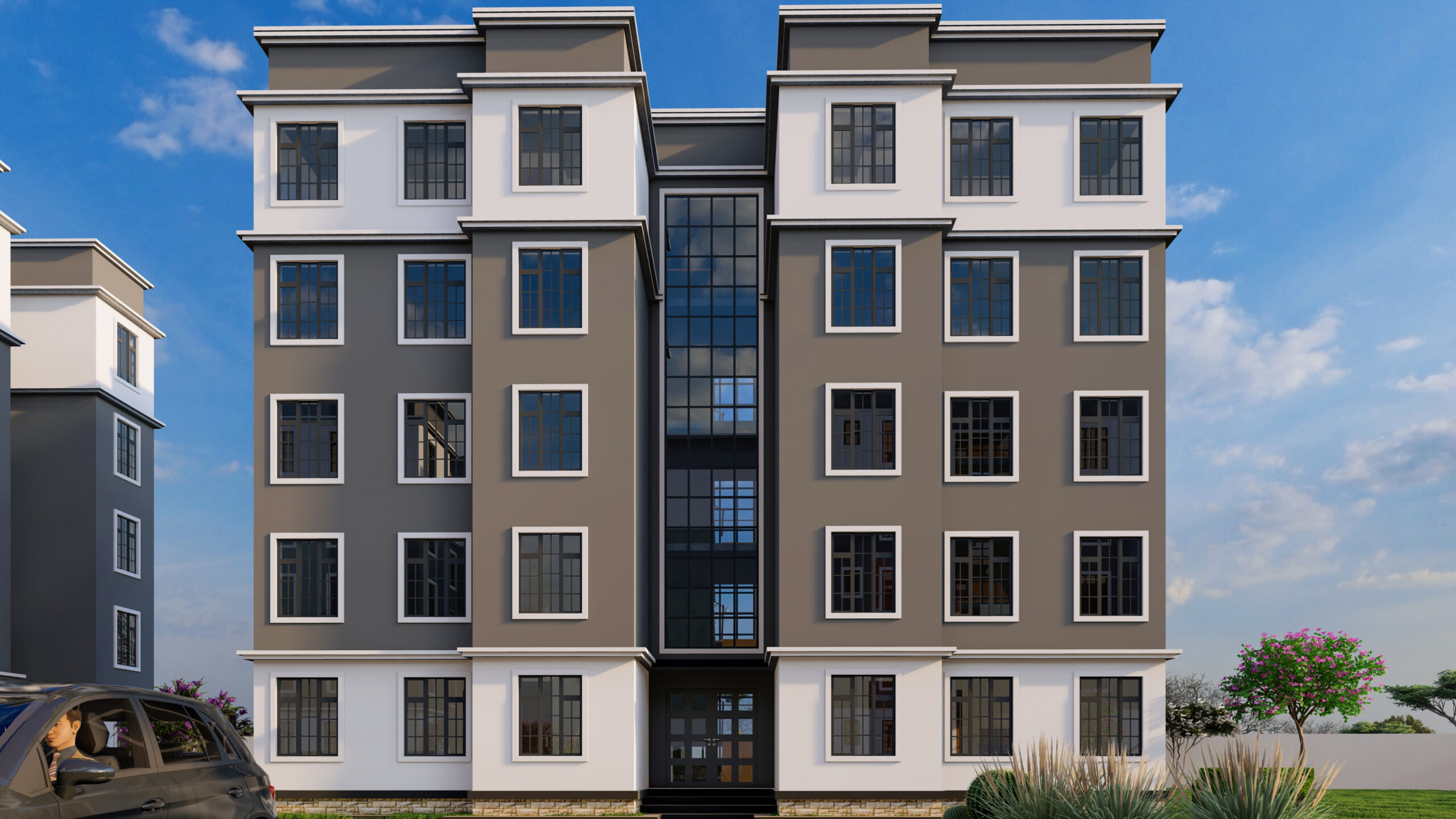
Location: Isiolo County
Estimated Cost: USD 42 Million
As part of the Vision 2030 agenda, this estate offers 800 housing units near Isiolo Airport and is planned to include logistics hubs.
Impact: Serves as a model for infrastructure-linked housing under Kenya’s affordable housing program.
48. Boma Yangu Kinangop Estate

Location: Nyandarua County
Estimated Cost: USD 37 Million
Comprising 700 homes, the Kinangop Estate features innovative water management and a mix of social and market-rate units.
Impact: Encourages balanced urban development within agricultural regions of central Kenya.
49. Boma Yangu Chepalungu Estate
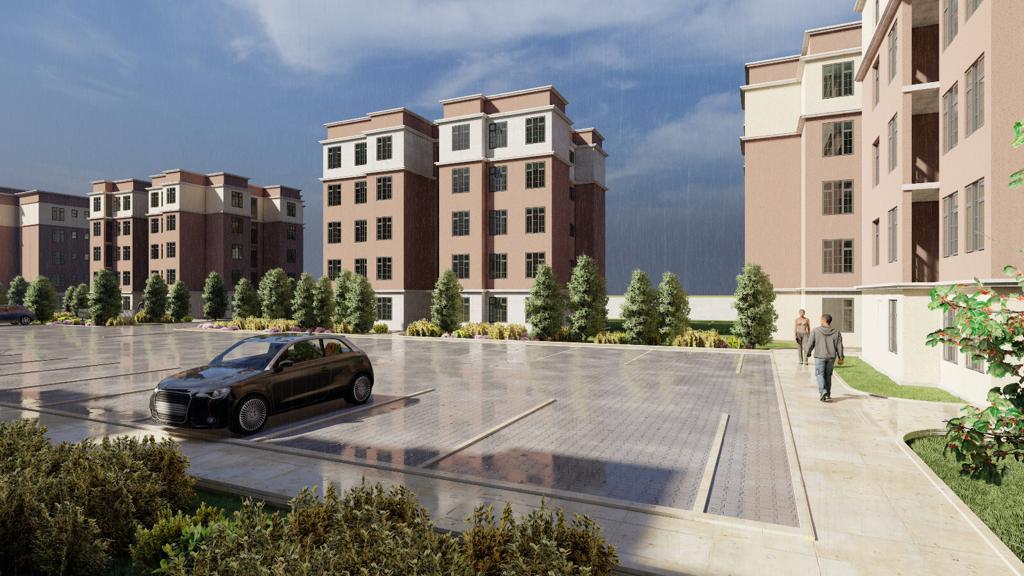
Location: Bomet County
Estimated Cost: USD 34 Million
This rural housing estate offers 650 affordable units designed with climate-resilient materials.
Impact: Promotes affordable housing access in Kenya’s highland areas while supporting local building material industries.
50. Boma Yangu Timau Estate

Location: Meru County
Estimated Cost: USD 39 Million
Located along the Nanyuki–Meru corridor, Timau Estate integrates green belts and public amenities for residents.
Impact: Enhances urban planning in peri-urban areas and provides housing for workers in the nearby agricultural sector.
51. Boma Yangu Konza City Estate

Location: Machakos County
Estimated Cost: USD 120 Million
This is a flagship project under Kenya’s smart city initiative, designed to complement the Konza Technopolis.
Impact: Blends low-cost housing with digital infrastructure, positioning it as one of the most technologically advanced housing projects in Kenya.
52. Boma Yangu Mathare Lot 1 Estate
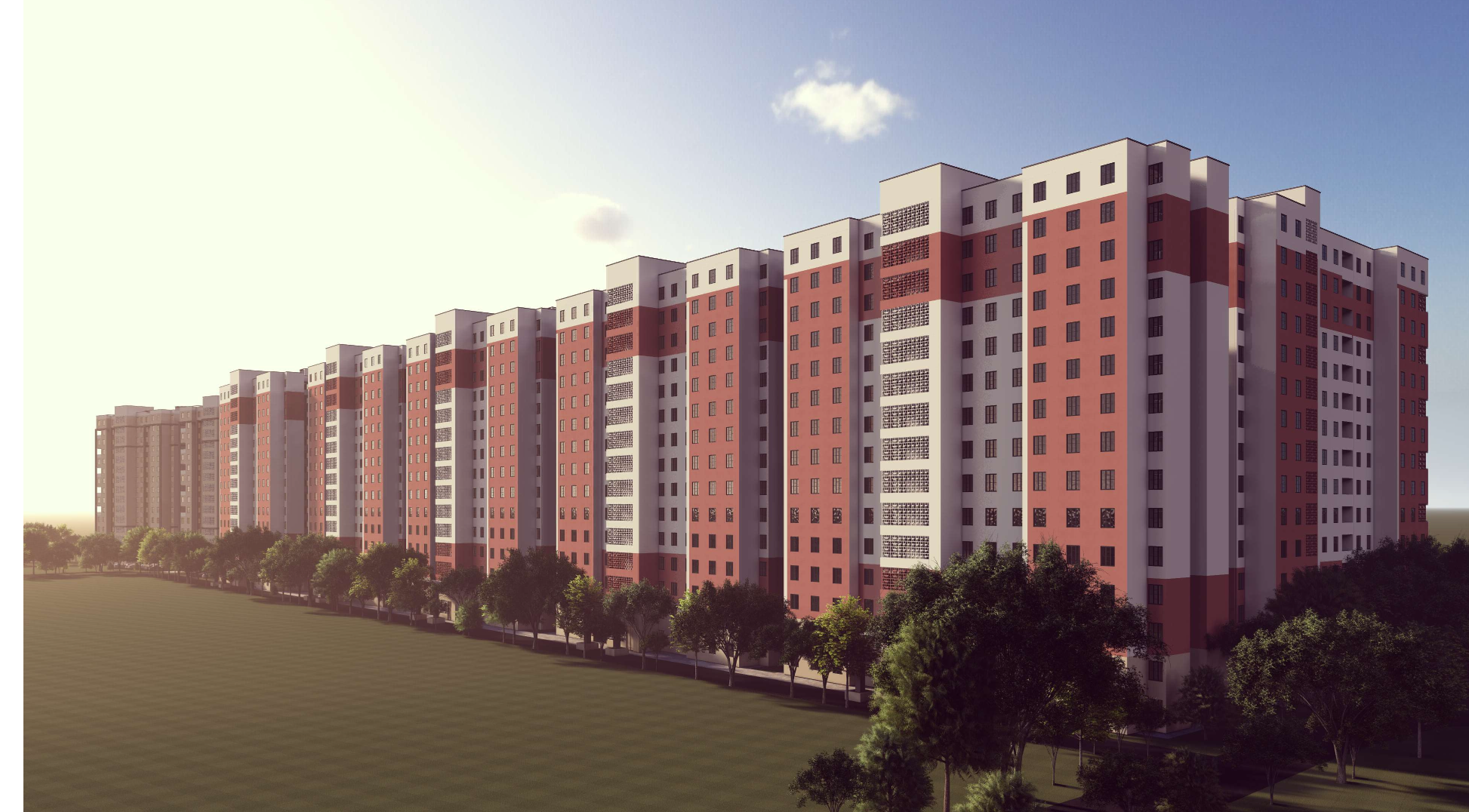
Location: Nairobi County
Estimated Cost: USD 140 Million
An ambitious slum redevelopment project transforming Mathare into a modern, livable community.
Impact: Central to Kenya’s urban renewal efforts, it demonstrates how affordable housing can sustainably uplift informal settlements.
53. Boma Yangu Chesumei Estate
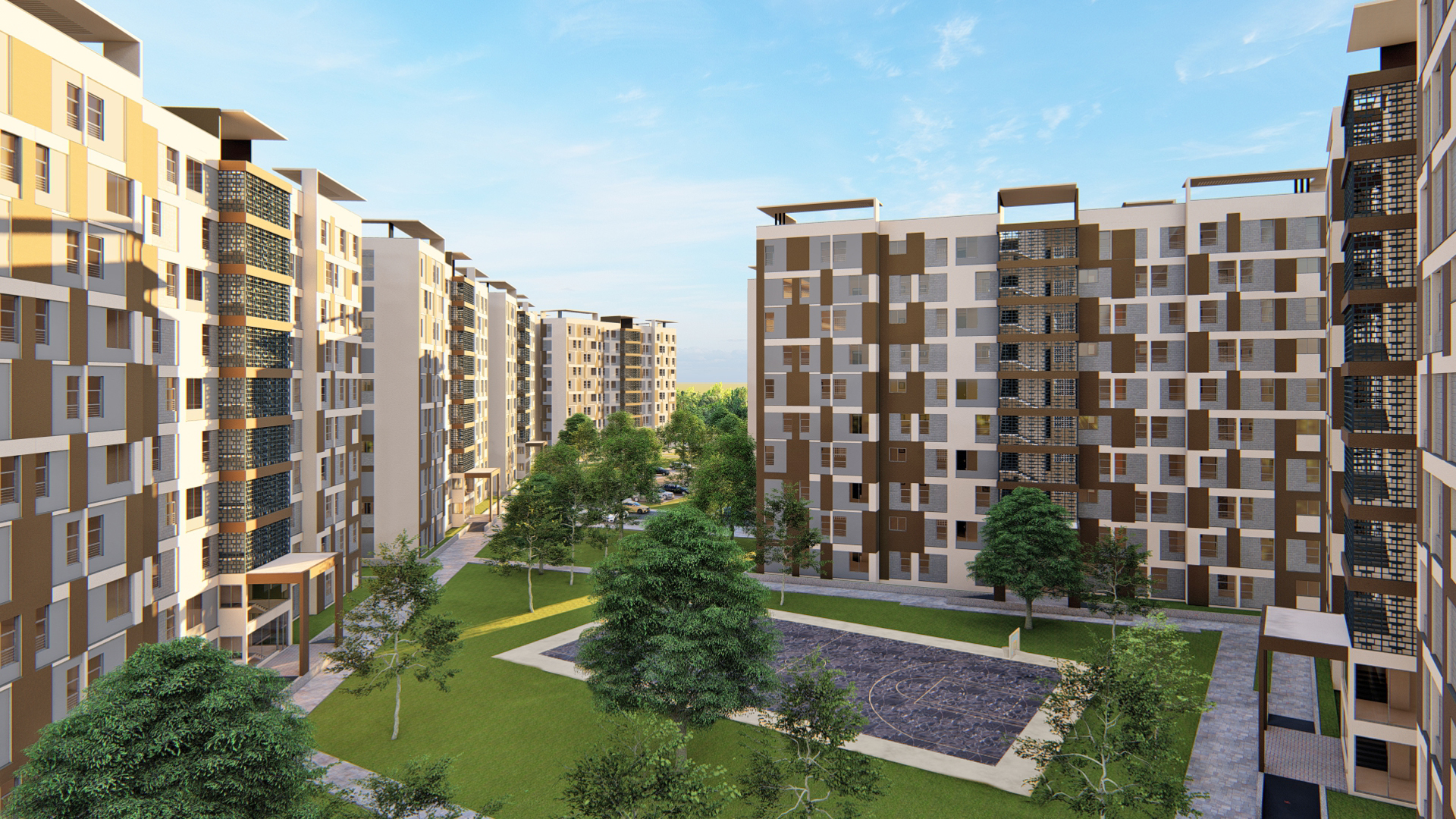
Location: Nandi County
Estimated Cost: USD 36 Million
Focused on affordable housing for teachers and civil servants in Kapsabet and its environs.
Impact: Strengthens regional housing supply while supporting public service infrastructure.
54. Boma Yangu Kimumu Estate

Location: Uasin Gishu County
Estimated Cost: USD 48 Million
Located near Eldoret, this development features modern apartments and mixed-use facilities.
Impact: Supports the city’s expansion and provides accessible housing for university staff and small business owners.
55. Boma Yangu Thika Bustani Estate

Location: Kiambu County
Estimated Cost: USD 75 Million
A 1,500-unit project combining affordable housing with commercial spaces and green recreation zones.
Impact: Boosts housing stock in Thika, reducing commuter pressure on Nairobi.
56. Boma Yangu Limuru Estate
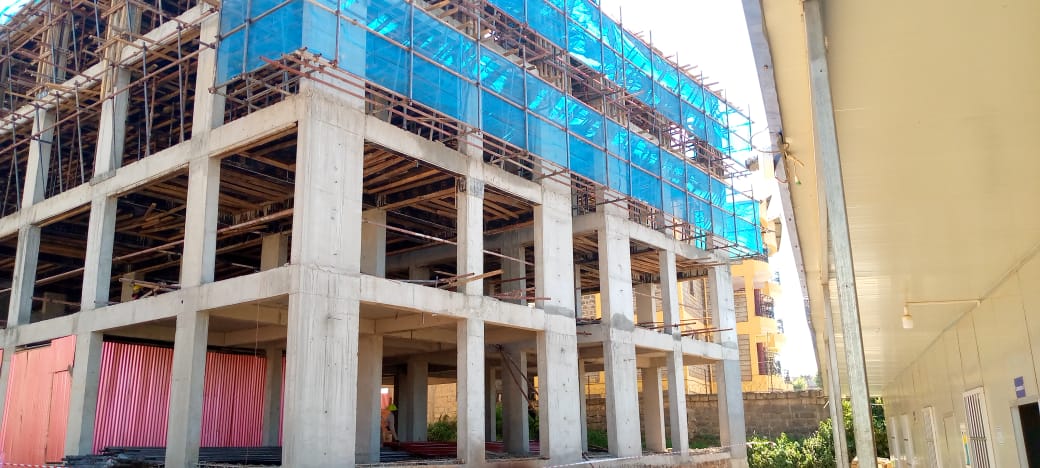
Location: Kiambu County
Estimated Cost: USD 60 Million
Situated near major transport corridors, Limuru Estate emphasises affordable, high-quality urban living.
Impact: Encourages sustainable urban growth around Nairobi’s satellite towns.
57. Boma Yangu Gatanga Estate
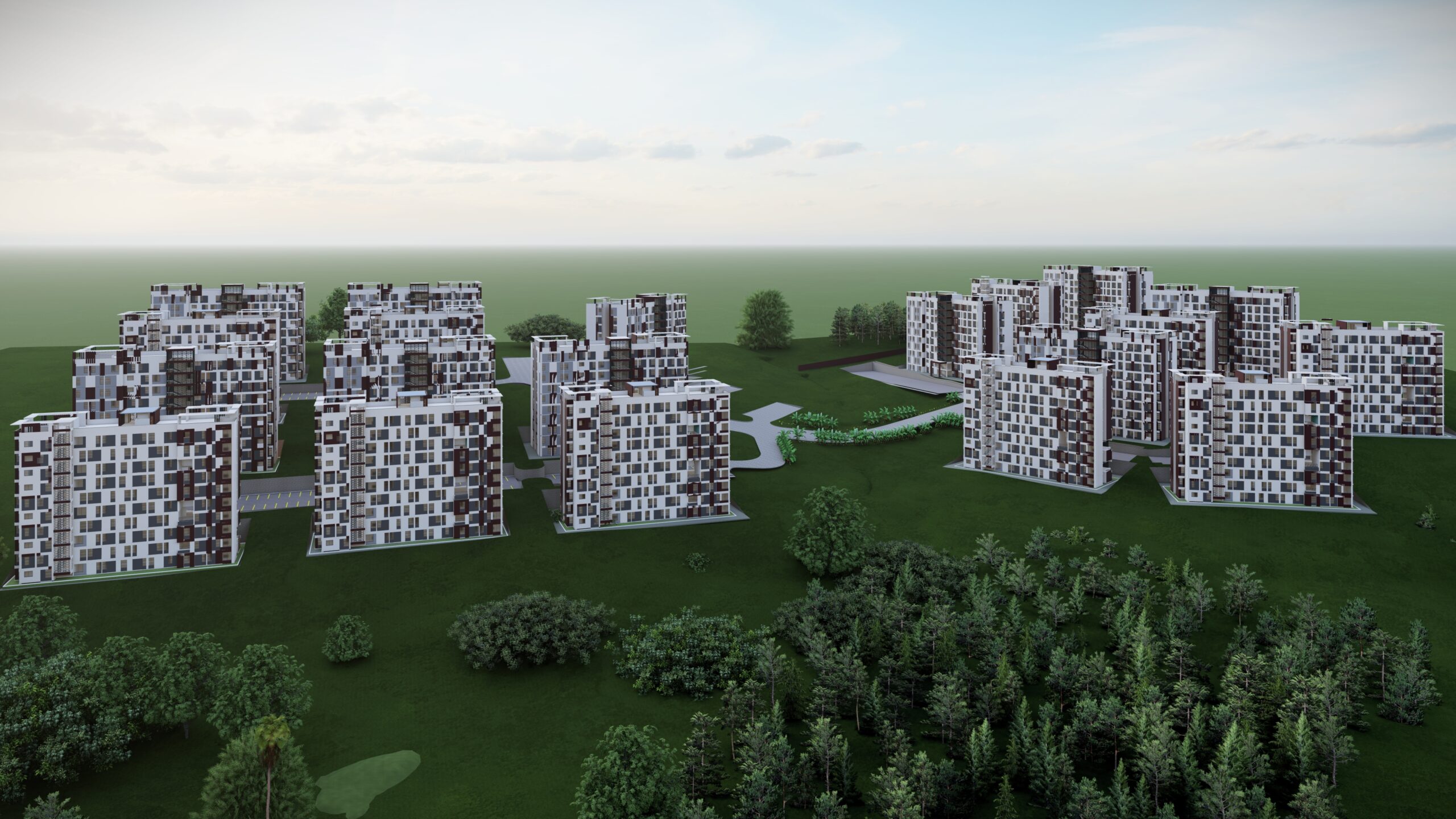
Location: Murang’a County
Estimated Cost: USD 42 Million
Designed with modern water and waste management systems.
Impact: Reinforces Murang’a’s role in supporting Kenya’s urban housing expansion in central counties.
58. Boma Yangu Naivasha SEZA Estate
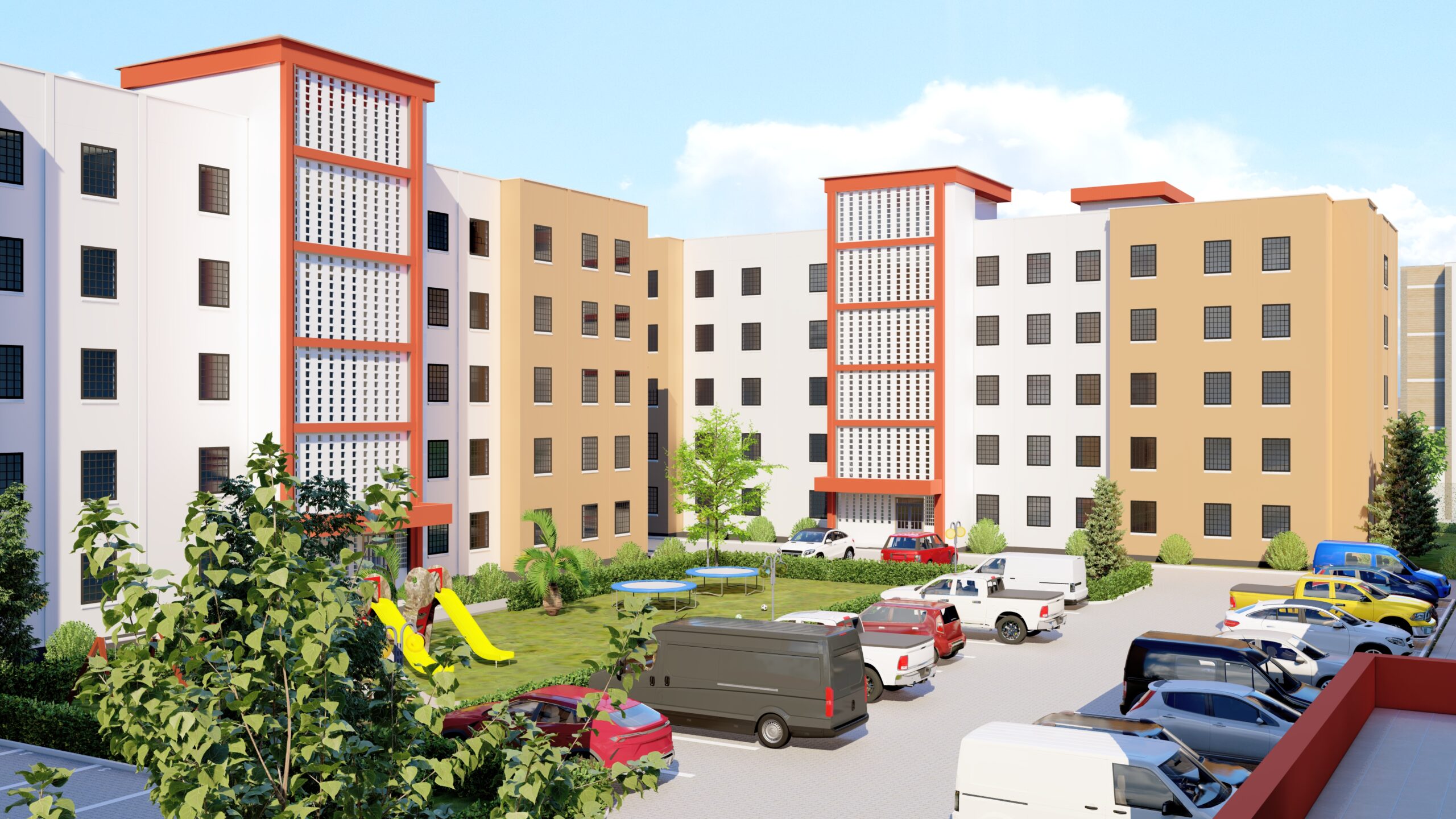
Location: Nakuru County
Estimated Cost: USD 110 Million
Developed in tandem with the Naivasha Special Economic Zone, it integrates workforce housing with logistics infrastructure.
Impact: Supports Kenya’s industrialisation drive by providing affordable homes for SEZA employees.
59. Boma Yangu Naromoru Estate

Location: Nyeri County
Estimated Cost: USD 35 Million
A 600-unit estate designed for families and young professionals in the county government, civil service, and private sector.
Impact: Promotes balanced housing development in central Kenya’s smaller towns.
60. Boma Yangu Lanet B Estate
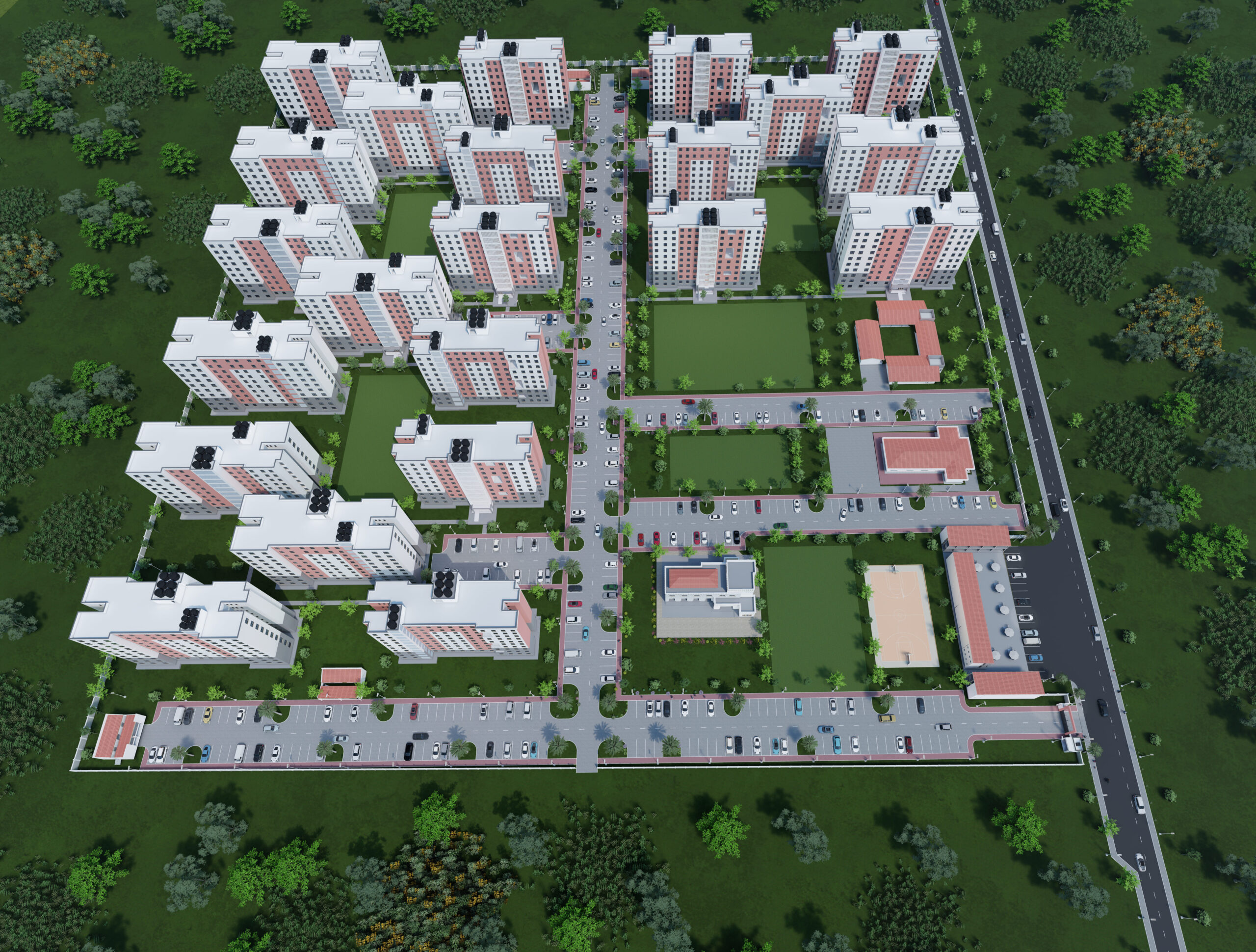
Location: Nakuru County
Estimated Cost: USD 90 Million
Expands the Lanet Affordable Housing scheme with an additional 1,800 units.
Impact: Supports Nakuru’s urban growth and complements nearby military and civil infrastructure.
61. Boma Yangu Wajir Township (Skanska) Estate

Location: Wajir County
Estimated Cost: USD 47 Million
A strategic collaboration with Skanska for durable, climate-resilient construction.
Impact: Pioneers affordable housing delivery in arid northern Kenya, enhancing regional inclusivity.
62. Boma Yangu Mukuru Estate

Location: Nairobi County
Estimated Cost: USD 150 Million
Part of the Mukuru Special Planning Area, this redevelopment transforms informal settlements into structured, serviced neighbourhoods.
Impact: A hallmark project of Kenya’s affordable housing program, improving the quality of life for thousands of urban residents.
63. Boma Yangu Makenji Estate
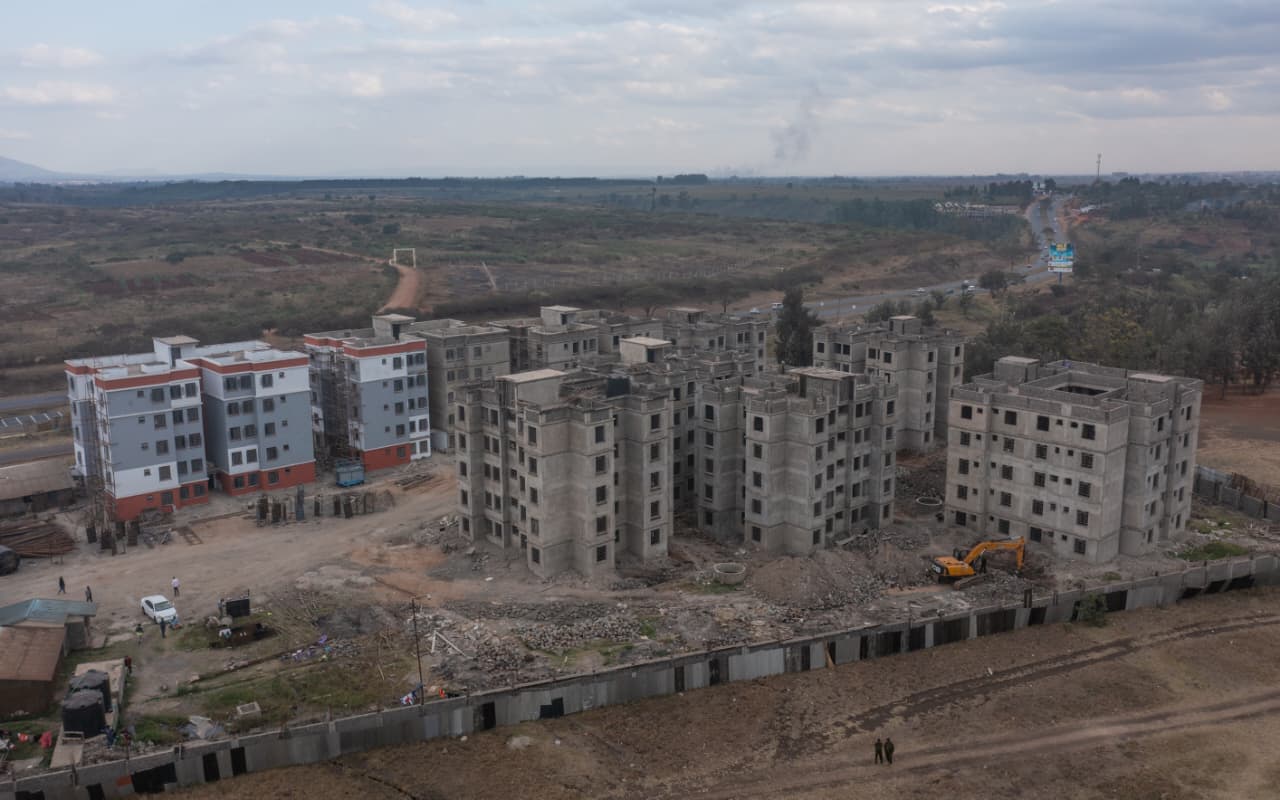
Location: Murang’a County
Estimated Cost: USD 33 Million
A mid-size project emphasising sustainability and affordability.
Impact: Expands the rural housing supply and stimulates local employment in the construction sector.
64. Boma Yangu Matuga Estate
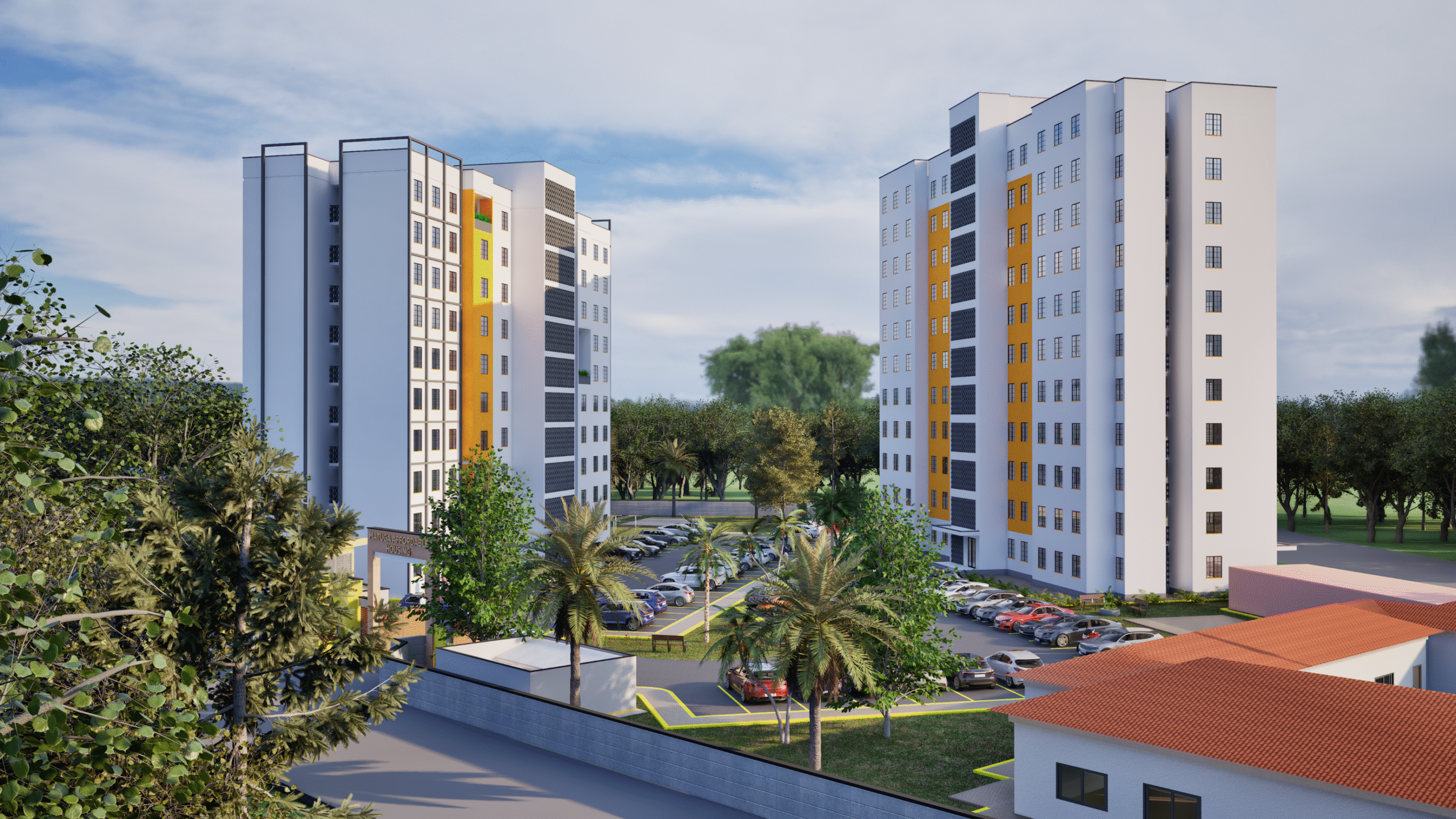
Location: Matuga, Kwale County
Estimated Cost: USD 42 Million
Boma Yangu Matuga Estate aims to accommodate the county’s growing workforce and urban spillover from Mombasa. The development features modern, low- to mid-rise apartments, pedestrian-friendly streets, green spaces, and community retail services.
Impact: Enhances home ownership for civil servants, tourism industry workers, and families while promoting decentralised residential growth beyond Mombasa City.
65. Boma Yangu Kitengela Vet Estate
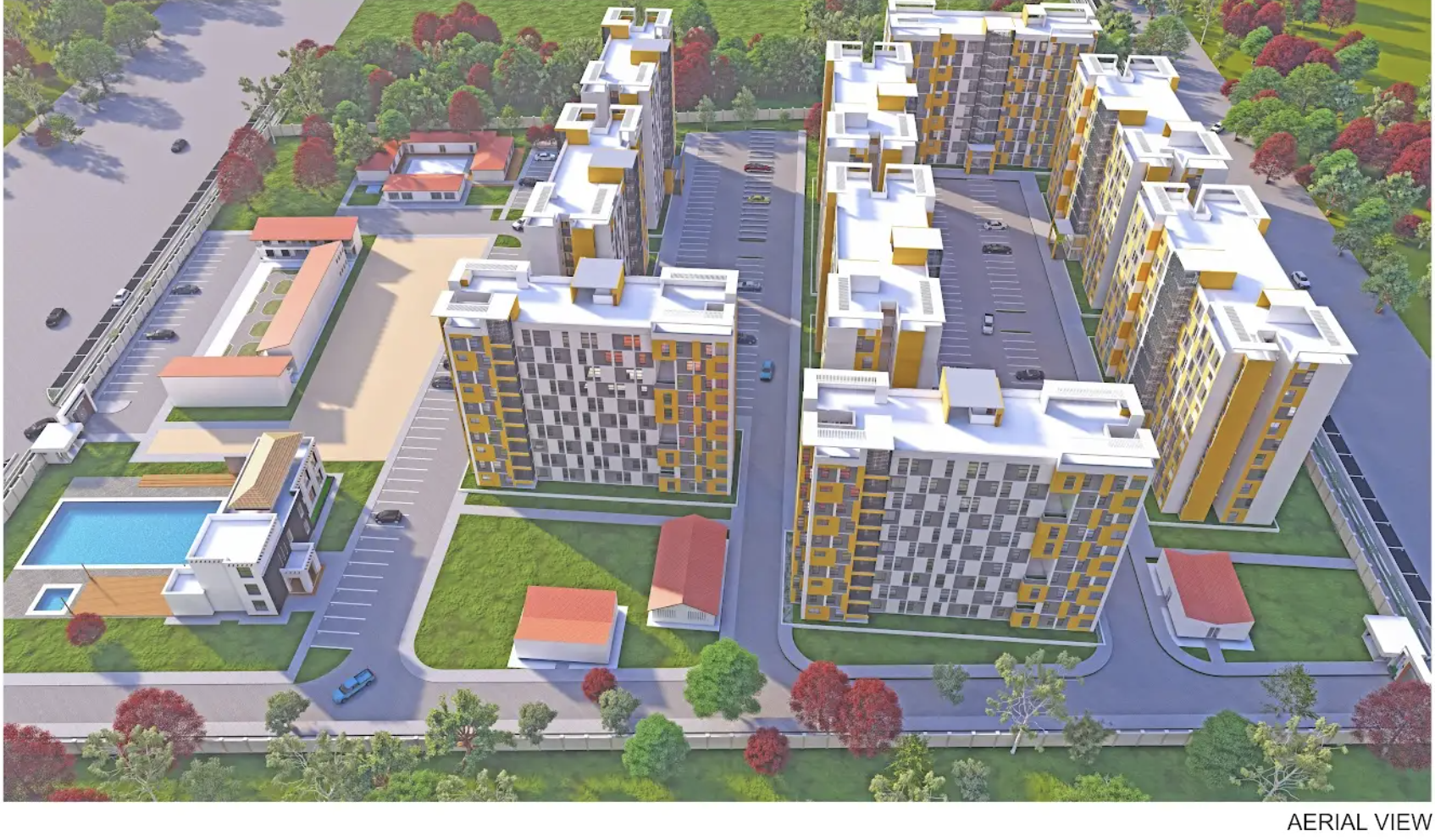
Location: Kitengela, Kajiado County
Estimated Cost: USD 60 Million
The estate leverages Kitengela’s strong infrastructure links and expanding middle-income market. Designed as a live-work urban community, it features apartment blocks, vocational spaces, playgrounds, and proximity to key transport corridors such as the Nairobi–Namanga Highway.
Impact: Increases home ownership for Nairobi-area commuters, reduces pressure on the capital’s housing deficit, and supports local SMEs through construction and post-occupancy economic activity.
Economic and Social Impact of Affordable Housing Projects
Affordable housing projects across Kenya represent far more than bricks and mortar; they are catalysts for inclusive growth, urban renewal, and human capital development. As one of the government’s flagship programmes under the Big Four Agenda, this initiative has reshaped the nation’s construction landscape, improving livelihoods, fostering innovation, and driving local industrialisation.
1. Job Creation and Skills Development
The rollout of affordable housing has generated over 100,000 direct jobs and tens of thousands of indirect jobs in related sectors, including manufacturing, logistics, and services. Civil engineers, architects, quantity surveyors, site managers, and artisans have gained hands-on experience with advanced systems, including prefabrication, light-gauge steel framing, and green building technologies.
Capacity-building programmes in partnership with TVET institutions and the NCA (National Construction Authority) have improved workforce competency. Local youths now possess transferable skills applicable to future mega infrastructure projects, boosting Kenya’s overall construction productivity.
2. Growth in Local Manufacturing
The surge in housing demand has significantly stimulated domestic material production. Local cement, steel, tiles, and roofing sheet manufacturers have expanded output to meet project needs. For instance, Bamburi Cement and Devki Steel Mills report notable upticks in capacity utilisation, reducing dependency on imported materials.
Check out: Top 7 Best Cement Companies in Kenya for Quality and Reliability
This growth has enhanced import substitution, strengthened Kenya’s construction materials supply chain, and encouraged new investment in manufacturing parks and industrial clusters; aligning perfectly with the government’s “Buy Kenya, Build Kenya” policy.
3. Infrastructure Development
Each housing development comes with complementary infrastructure upgrades, including access roads, stormwater drainage systems, water supply networks, and electricity connections. These installations not only serve the housing estates but also the surrounding communities, improving mobility and public health outcomes.
In cities like Nairobi, Mombasa, and Kisumu, the integration of affordable housing sites with transport corridors has reduced congestion and expanded peri-urban development zones, sparking regional economic growth and private investment in retail and services.
4. Financial Inclusion
Financing remains central to housing accessibility. The establishment of the Kenya Mortgage Refinance Company (KMRC) and the Boma Yangu online portal has redefined the mortgage ecosystem, providing affordable, long-term home financing options to low- and middle-income earners.
Digital registration and transparent allocation systems ensure that every qualified citizen has fair access to housing opportunities. In addition, collaborations with SACCOs and microfinance institutions have enabled flexible savings schemes that bring home ownership within reach of informal sector workers.
5. Social Cohesion
Affordable housing plays a vital social function, creating mixed-income communities that reduce urban inequality. Developments such as Pangani, Buxton, and Konza incorporate integrated designs featuring shared amenities, including playgrounds, green spaces, and community centres, which foster inclusion and social harmony.
By combining aesthetic design with affordability, the projects are eroding the stigma once attached to “low-cost” housing, instead positioning them as symbols of dignity and modern living.
Challenges Facing Affordable Housing Projects in Kenya
While progress has been notable, several obstacles continue to hinder large-scale delivery and equitable access. These challenges underscore the complexity of implementing a nationwide housing agenda amidst rising costs, regulatory bottlenecks, and land constraints.
Key Challenges
1. Land Acquisition and Ownership Disputes
Many developments face delays due to unresolved land title issues, boundary conflicts, and compensation disputes. The absence of a harmonised national land information system often complicates verification processes.
2. High Construction Costs
Currency depreciation and global supply chain disruptions have increased the cost of imported inputs, such as steel, paint, and fixtures. Contractors struggle to maintain cost efficiency without compromising quality.
Insightful knowledge: Cost of Building a 3-Bedroom House in Rural Kenya: A Complete Guide
3. Public Perception
Some potential beneficiaries still associate “affordable housing” with substandard finishes or poor locations, reducing uptake rates in specific projects. Effective communication and branding are essential to reverse this mindset.
4. Financing Gaps
Despite initiatives like KMRC, many low-income earners lack the credit history or formal employment records required for mortgages, limiting accessibility.
5. Regulatory Delays
Lengthy approval processes, environmental assessments, and tender evaluations extend project timelines and escalate financing costs of the affordable housing programme.
Quick guide: How to Build a House in Kenya: A Complete Step-by-Step Guide
Mitigation Measures
To address these issues, the government has implemented digital land registries, introduced tax incentives for developers, and expanded Public-Private Partnership (PPP) frameworks to mitigate investment risk. Moreover, the adoption of Industrialised Building Systems (IBS) and modern construction technologies is improving efficiency and reducing costs.
The Role of Public–Private Partnerships (PPPs)
Public–Private Partnerships have emerged as the cornerstone of Kenya’s housing transformation, offering an innovative financing and delivery model that leverages private capital and technical expertise alongside public policy support.
PPP Model Overview
Under the PPP model, the government provides land, infrastructure access, and approvals, while private developers finance, build, and operate the housing units. This hybrid approach ensures risk sharing, financial sustainability, and faster delivery compared to purely public-funded projects.
Successful PPP Projects
- Pangani Redevelopment Project (Nairobi): Delivered over 1,200 housing units with a mix of low- and middle-income categories.
- Buxton Housing Project (Mombasa): Features 1,850 modern apartments equipped with retail facilities and recreational areas.
- Bondeni Project (Nakuru): Demonstrates how PPPs can rejuvenate old estates while maintaining community ties.
Each project illustrates how PPPs stimulate construction sector growth, urban renewal, and investor confidence, while ensuring affordability through long-term rent-to-own arrangements.
Policy and Institutional Reforms
The Public–Private Partnerships Act (2021), the Affordable Housing Act (2024), and the Affordable Housing Fund have streamlined procurement, enhanced investor protection, and introduced flexible financing instruments, including infrastructure bonds. These reforms have made Kenya a regional leader in housing-sector PPP innovation.
Future Outlook: Building Sustainable Urban Communities
As Kenya’s affordable housing ecosystem matures, the focus is shifting from rapid construction to sustainable urban development, digital integration, and long-term livability.
1. Technological Transformation
The adoption of Building Information Modelling (BIM), prefabricated modular systems, and renewable energy integration is transforming how future projects are planned and executed. BIM allows for real-time cost monitoring and clash detection, reducing errors by up to 40%, while modular techniques shorten build times by 30–50%.
2. Green and Smart Housing Solutions
Sustainability is taking centre stage through solar mini-grids, rainwater harvesting, and waste recycling systems embedded in estate design. Some new developments are exploring net-zero housing prototypes that utilise locally sourced eco-materials to reduce embodied carbon emissions.
3. Governance and Inclusivity
The next phase prioritises digital mortgage systems, e-mortgage registries, and transparent allocation through blockchain-based platforms. These innovations will enhance accountability, reduce corruption risks, and improve access for informal sector workers.
4. Regional Expansion
Kenya’s success has inspired replication in neighbouring countries, such as Uganda, Tanzania, and Rwanda. With sustained investment, policy continuity, and innovative construction technologies, Kenya could emerge as the continental leader in affordable, sustainable housing by 2030.
Conclusion: Building Kenya’s Future, One Home at a Time
Kenya’s Affordable Housing Programme (AHP) represents more than a nationwide construction initiative; it is a blueprint for social and economic transformation. Through projects like Park Road Ngara, Pangani Redevelopment, and Boma Yangu Estates across Kitengela, Lanet, and Mathare, the programme continues to demonstrate how housing can drive inclusive growth, stimulate job creation, and reshape urban planning for sustainability.
By integrating public–private partnerships, innovative financing models, and local construction technologies, the AHP is redefining the housing landscape and strengthening regional economies. Each project not only provides dignified homes but also contributes to essential infrastructure, including improved roads and drainage, as well as community facilities and business hubs.
As more counties embrace this model, the Affordable Housing Programme is expected to deliver over 250,000 units in its next phase, bridging Kenya’s urban housing gap while promoting industrialisation through local material sourcing and youth employment. Ultimately, the success of the affordable housing projects in Kenya will be measured not only in the number of houses built but also in the lives transformed, empowering families, revitalising cities, and setting a new benchmark for sustainable, people-centred development in Africa.
Call to Action: Be Part of Kenya’s Housing Transformation
Stay informed about Kenya’s latest affordable housing initiatives, investment opportunities, and engineering innovations. Visit ConstructionFrontier.com, your trusted hub for expert insights on infrastructure, housing, and construction development in Africa. Let’s build the future of urban living; one home, one community, one generation at a time.

